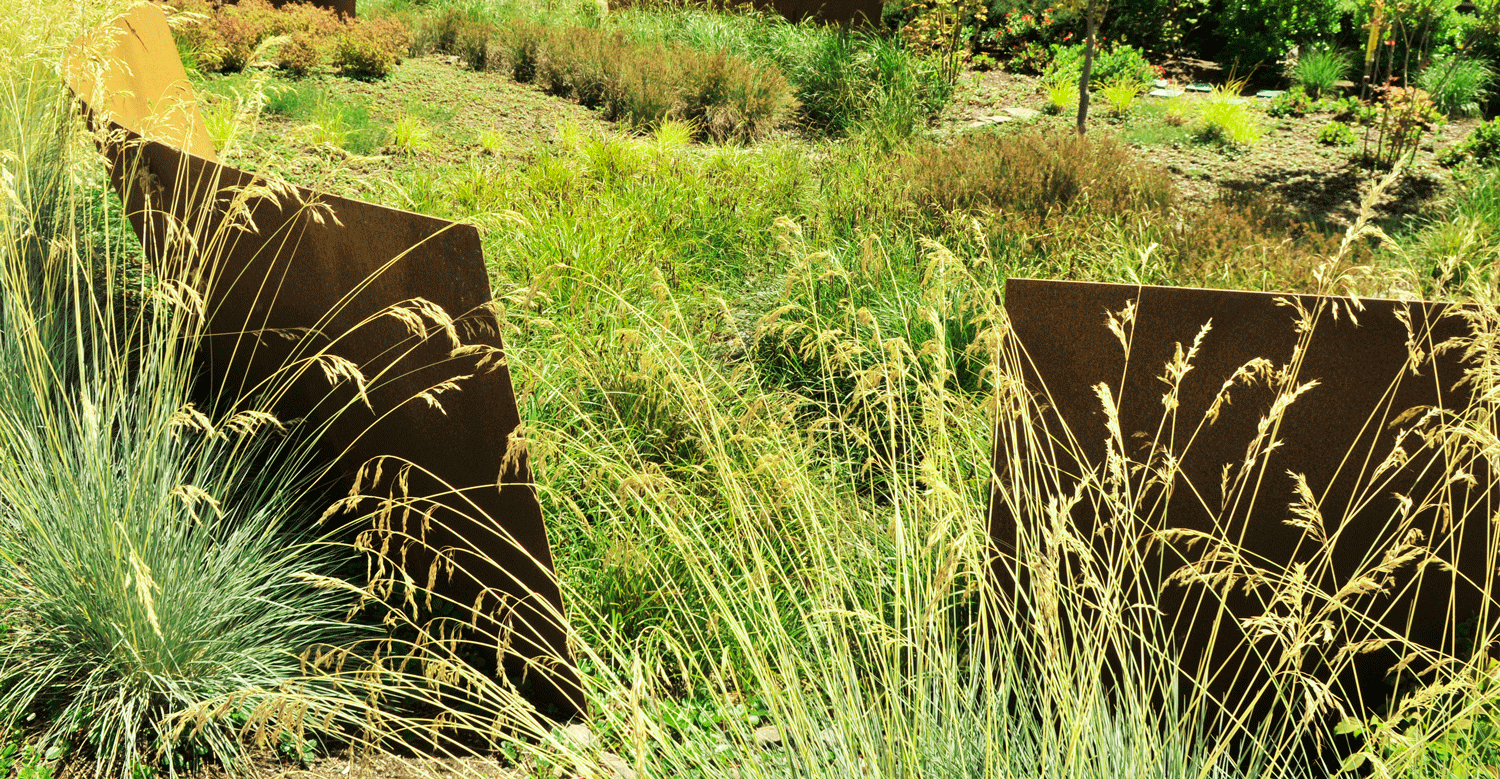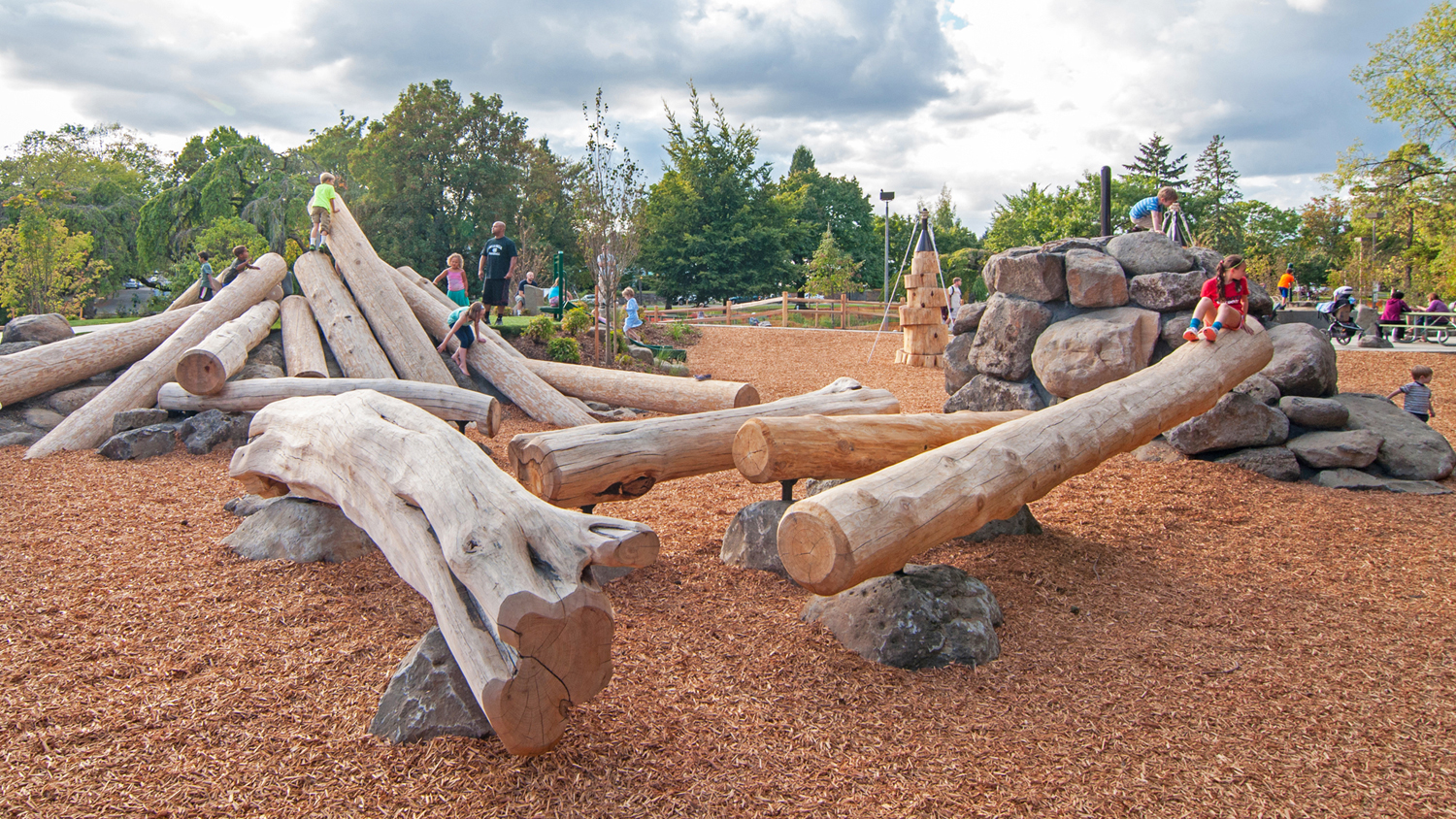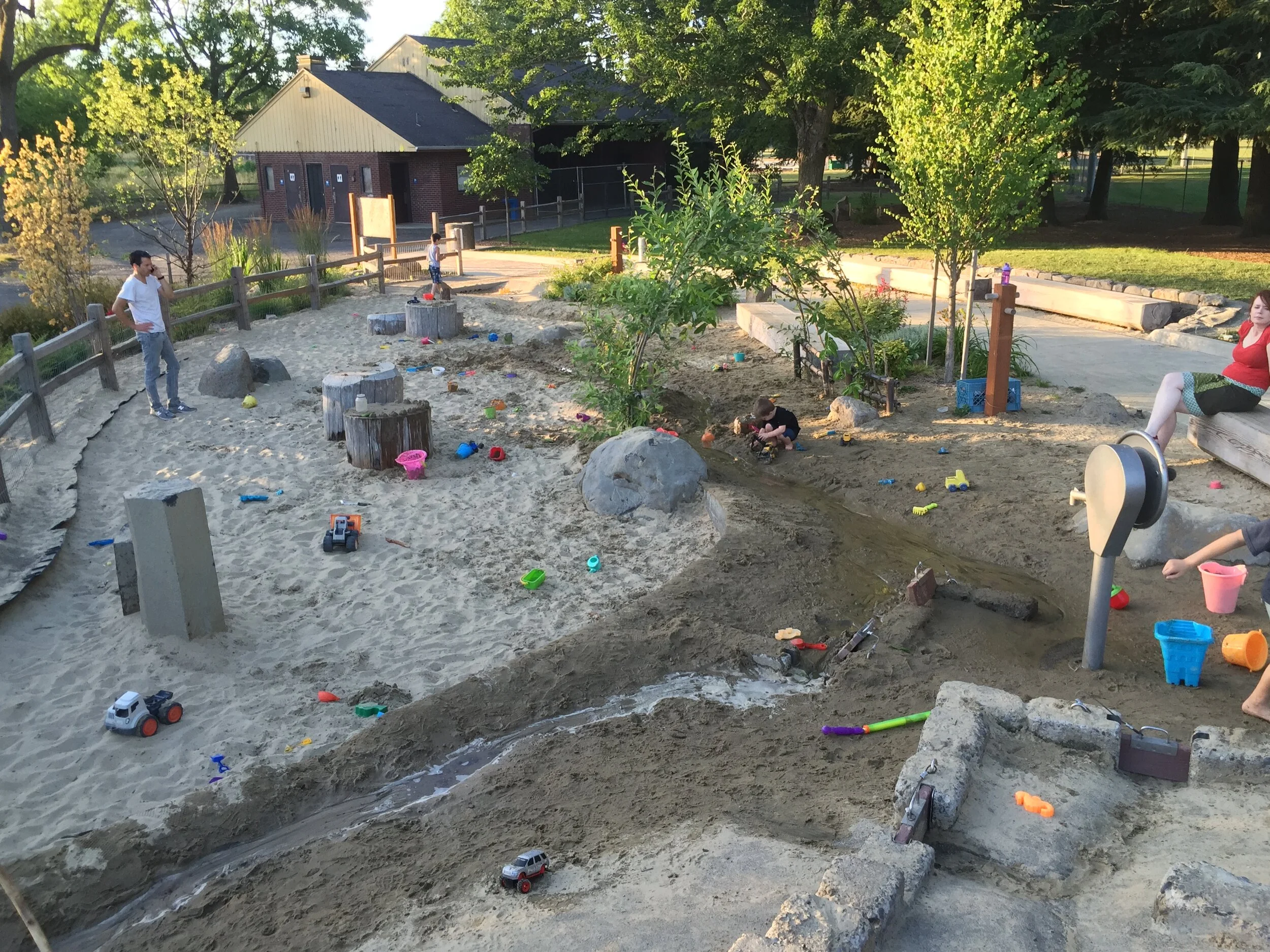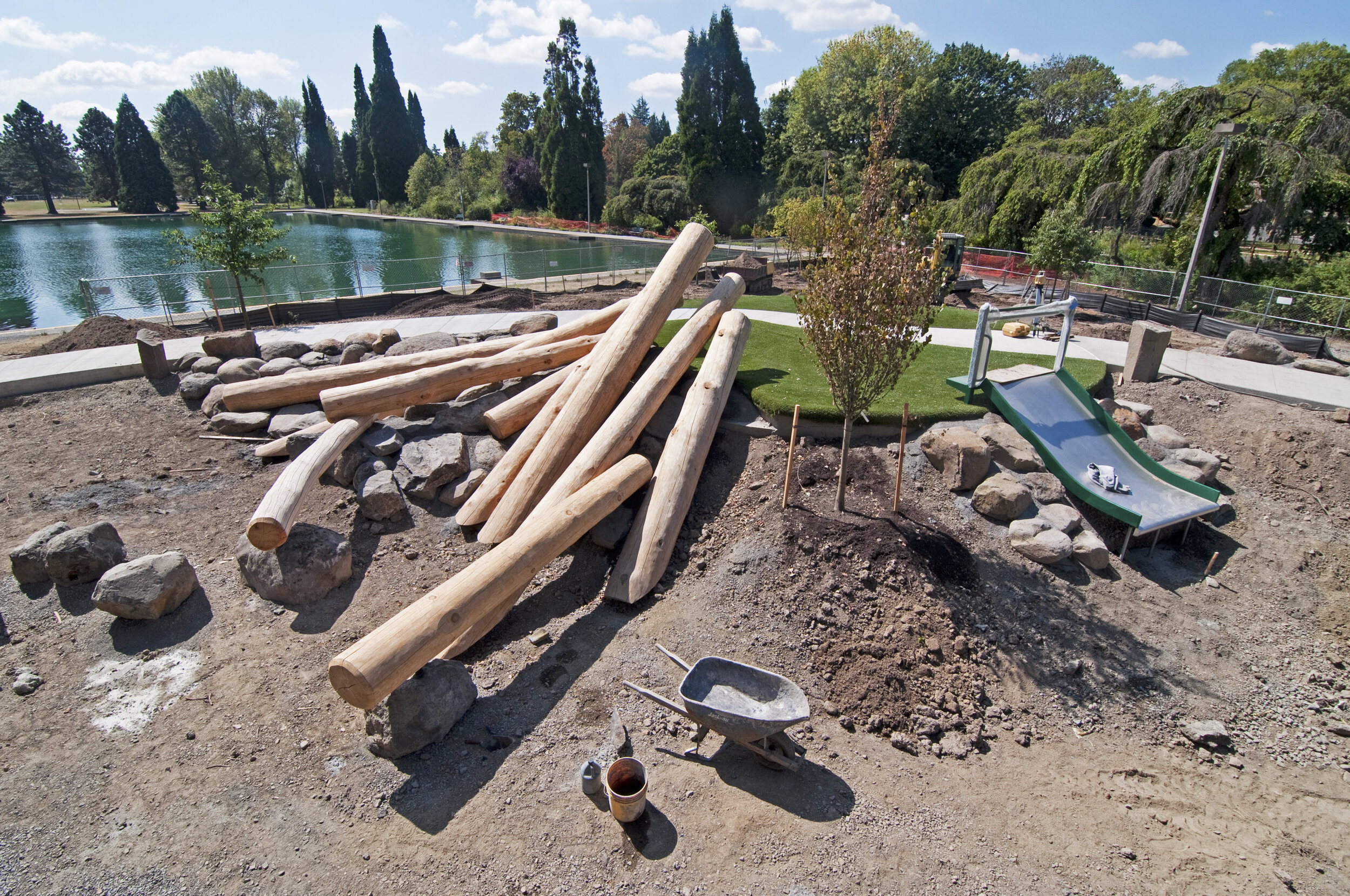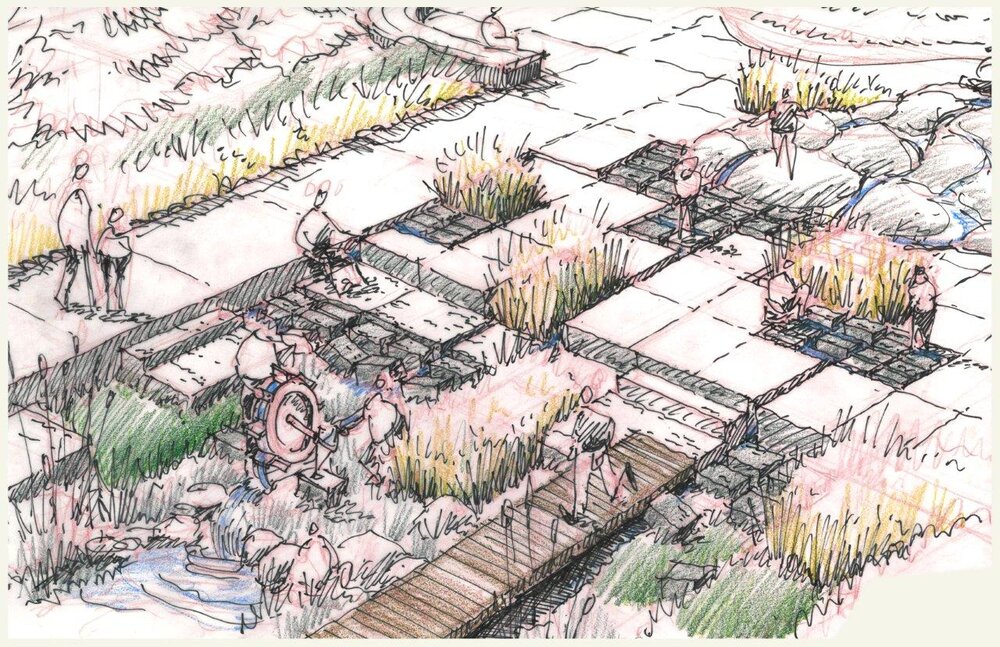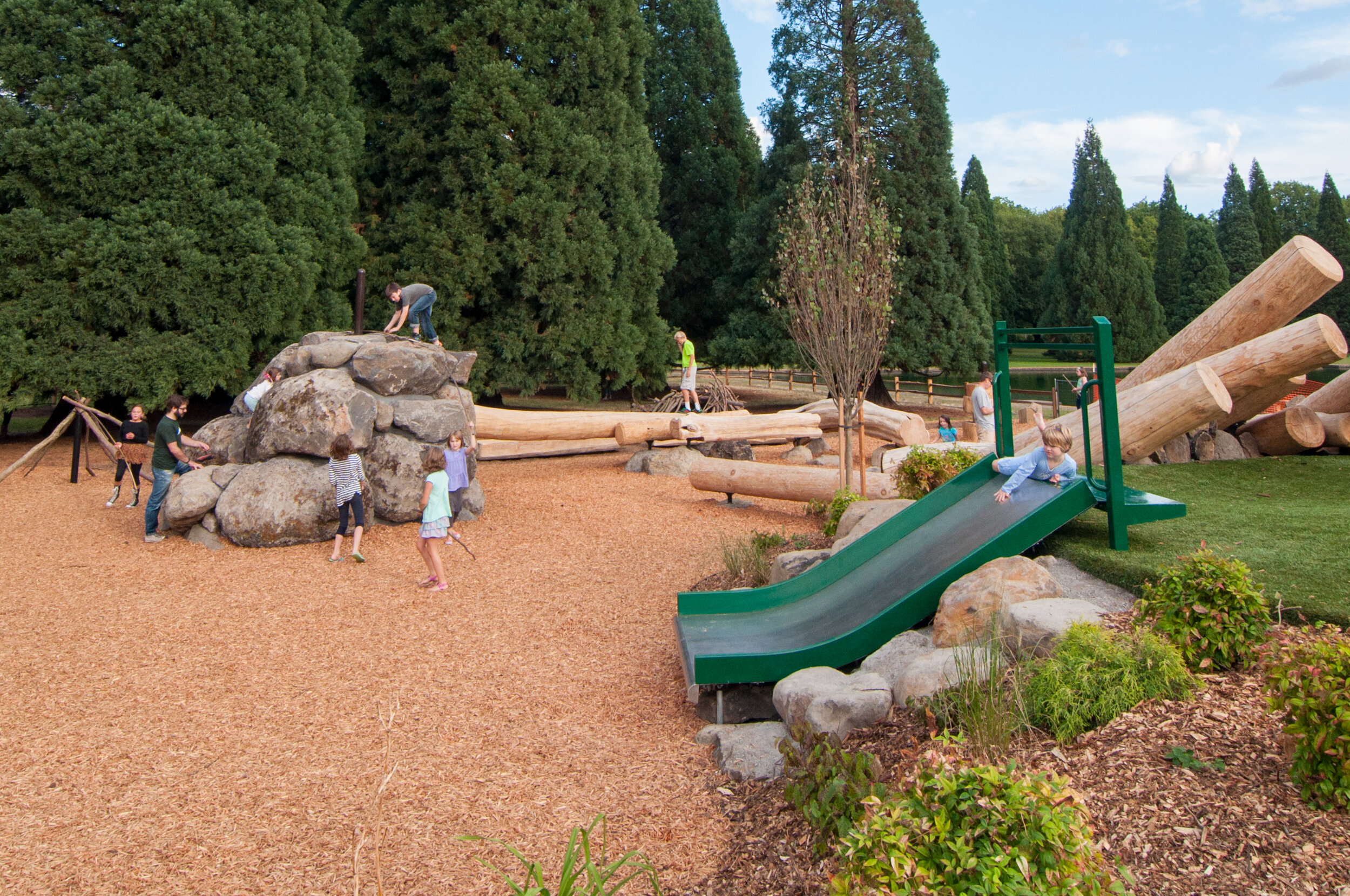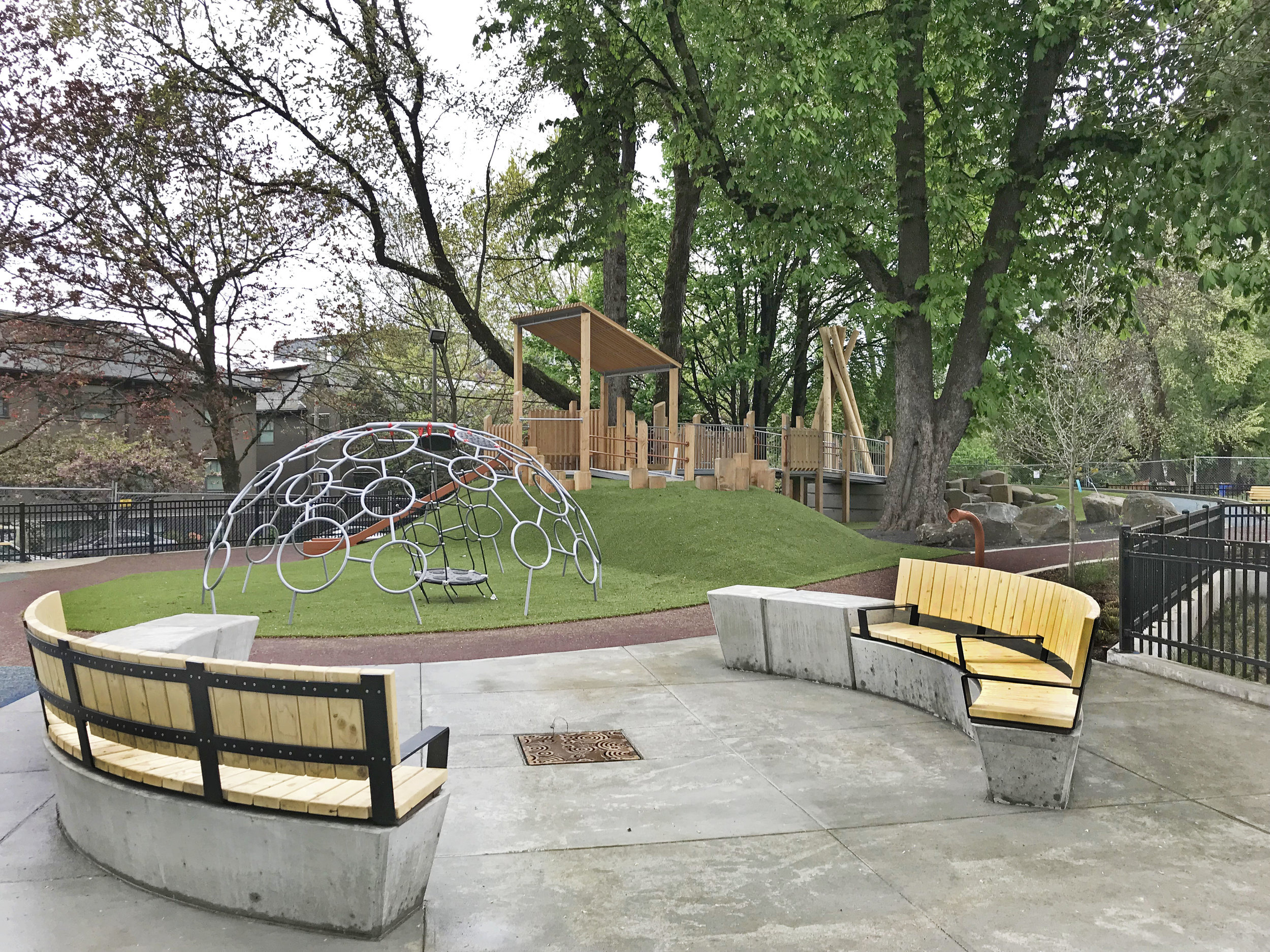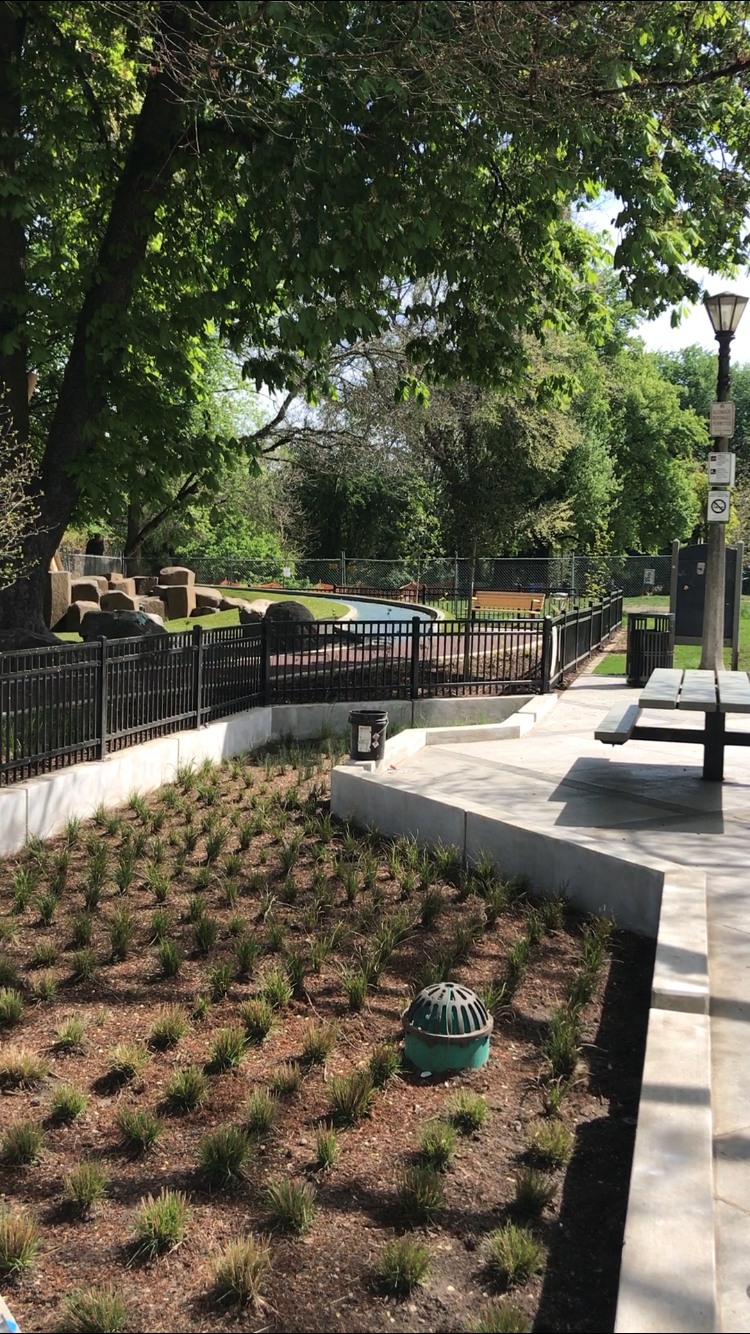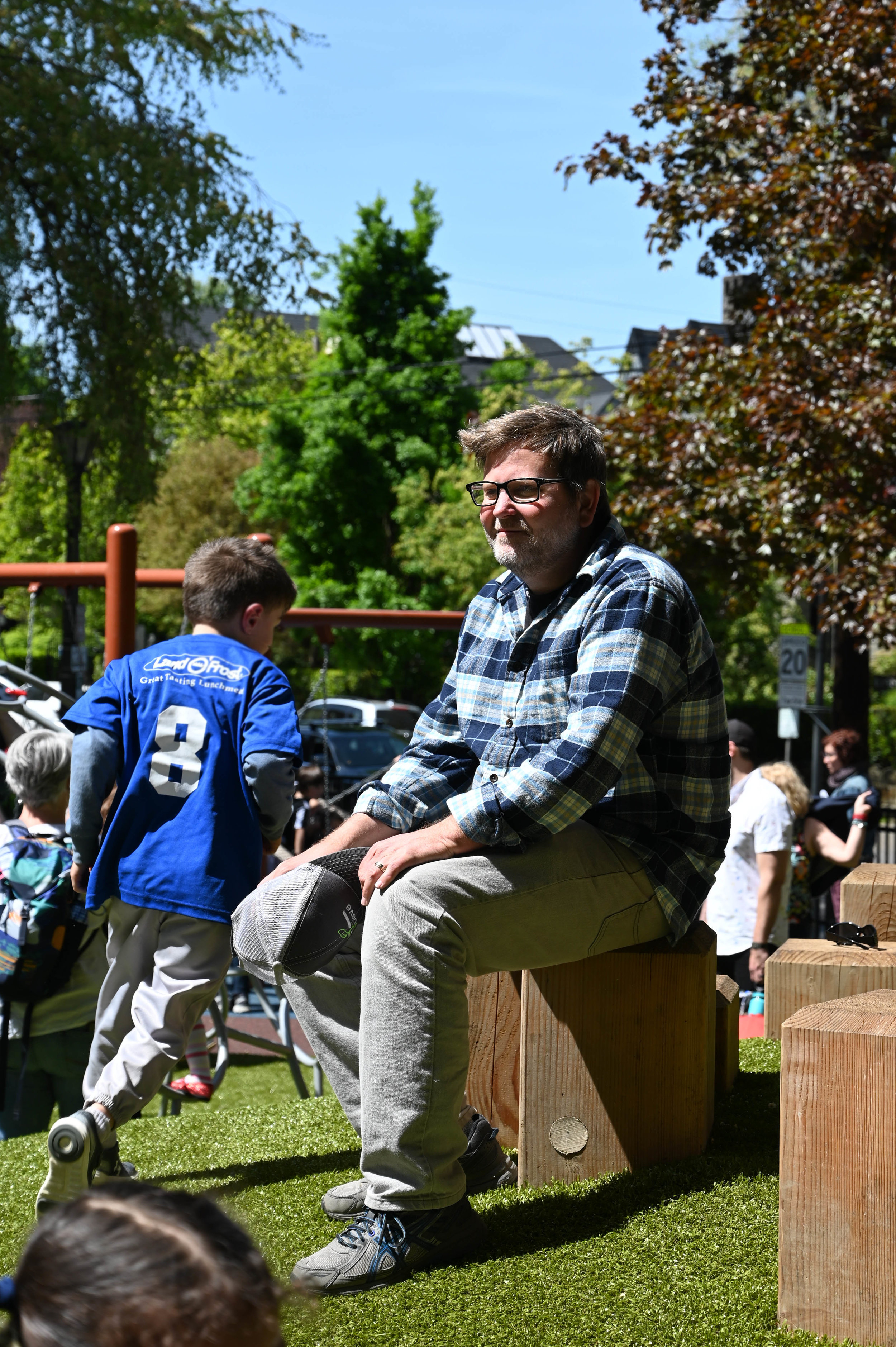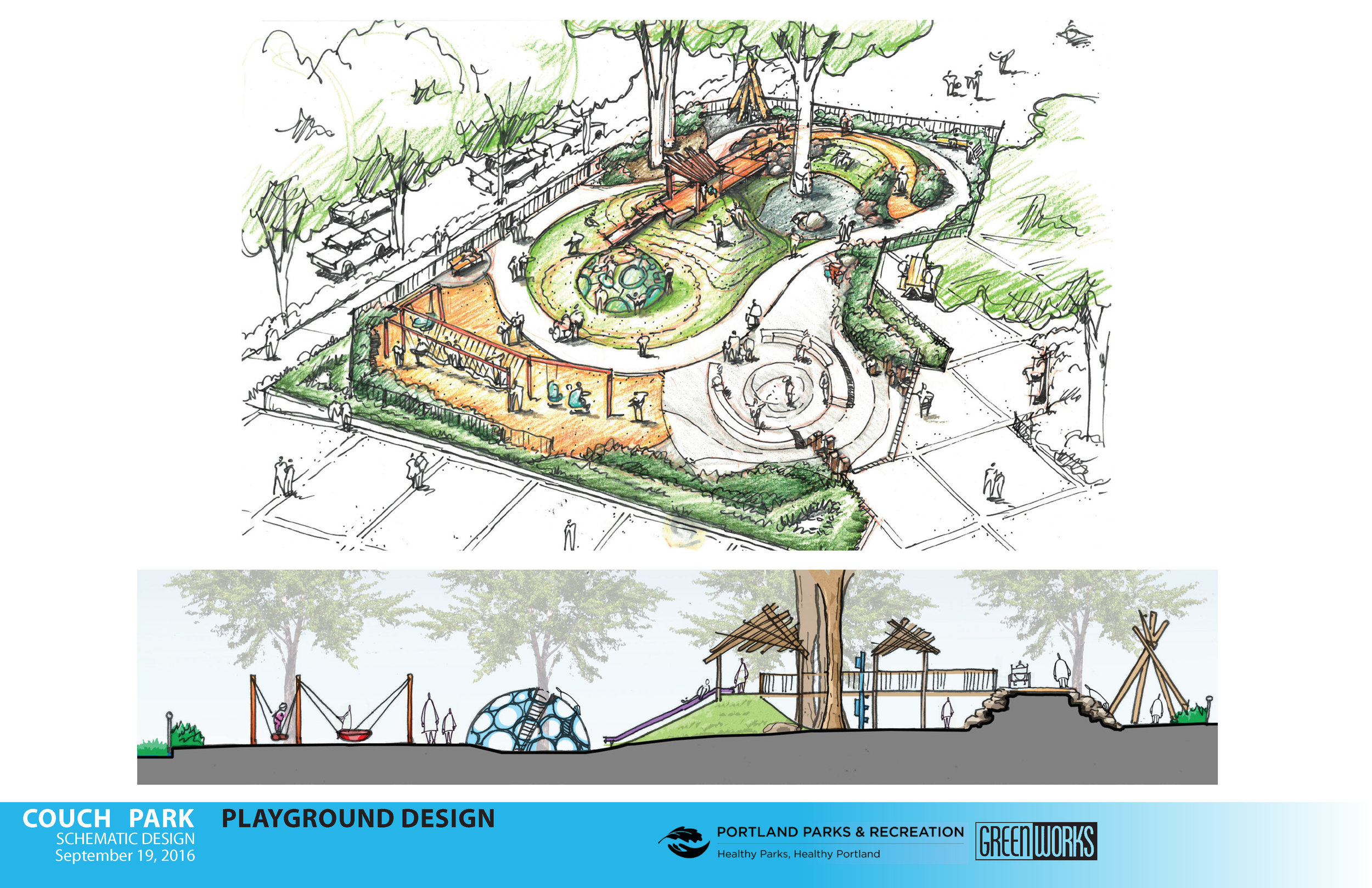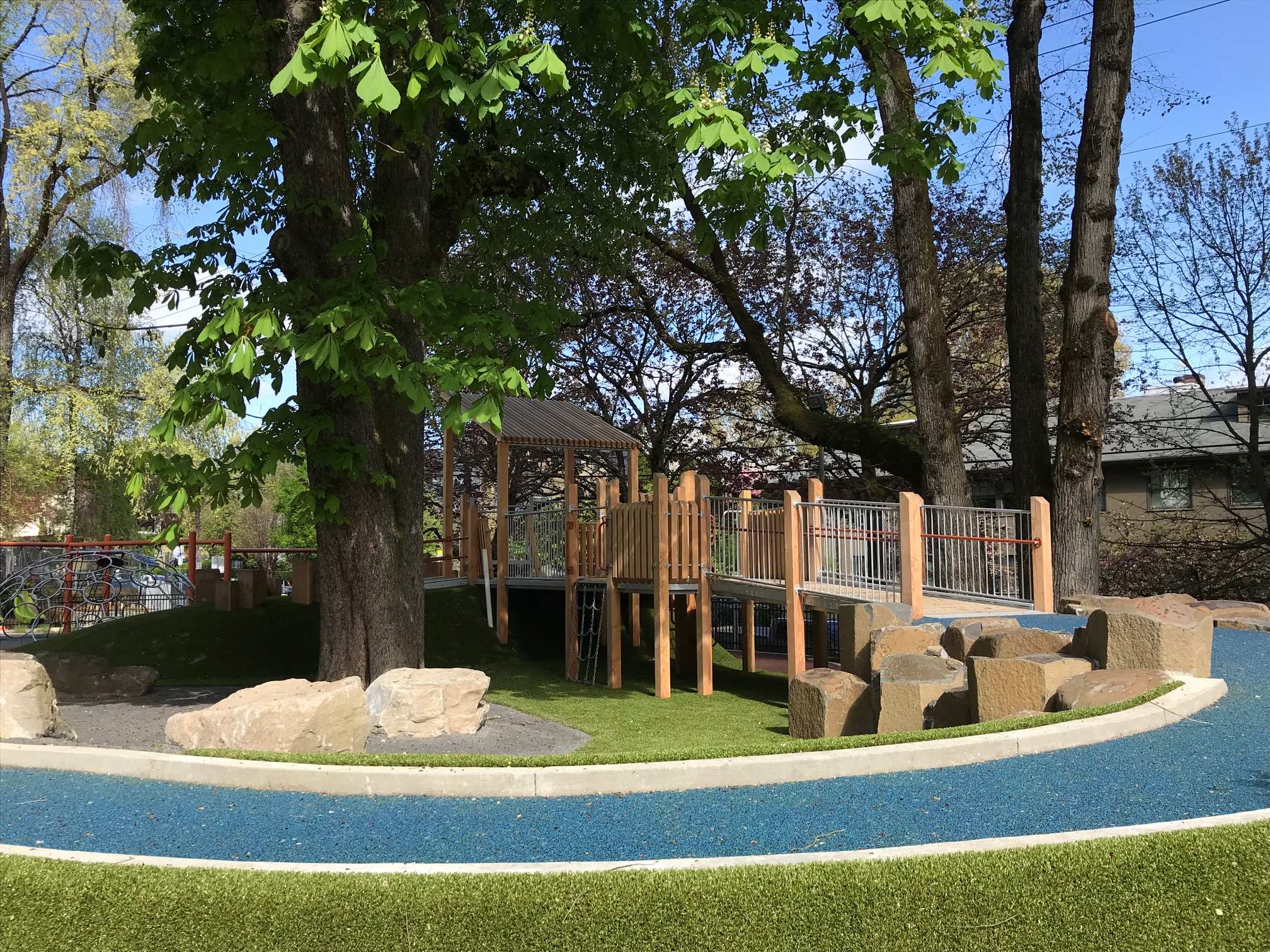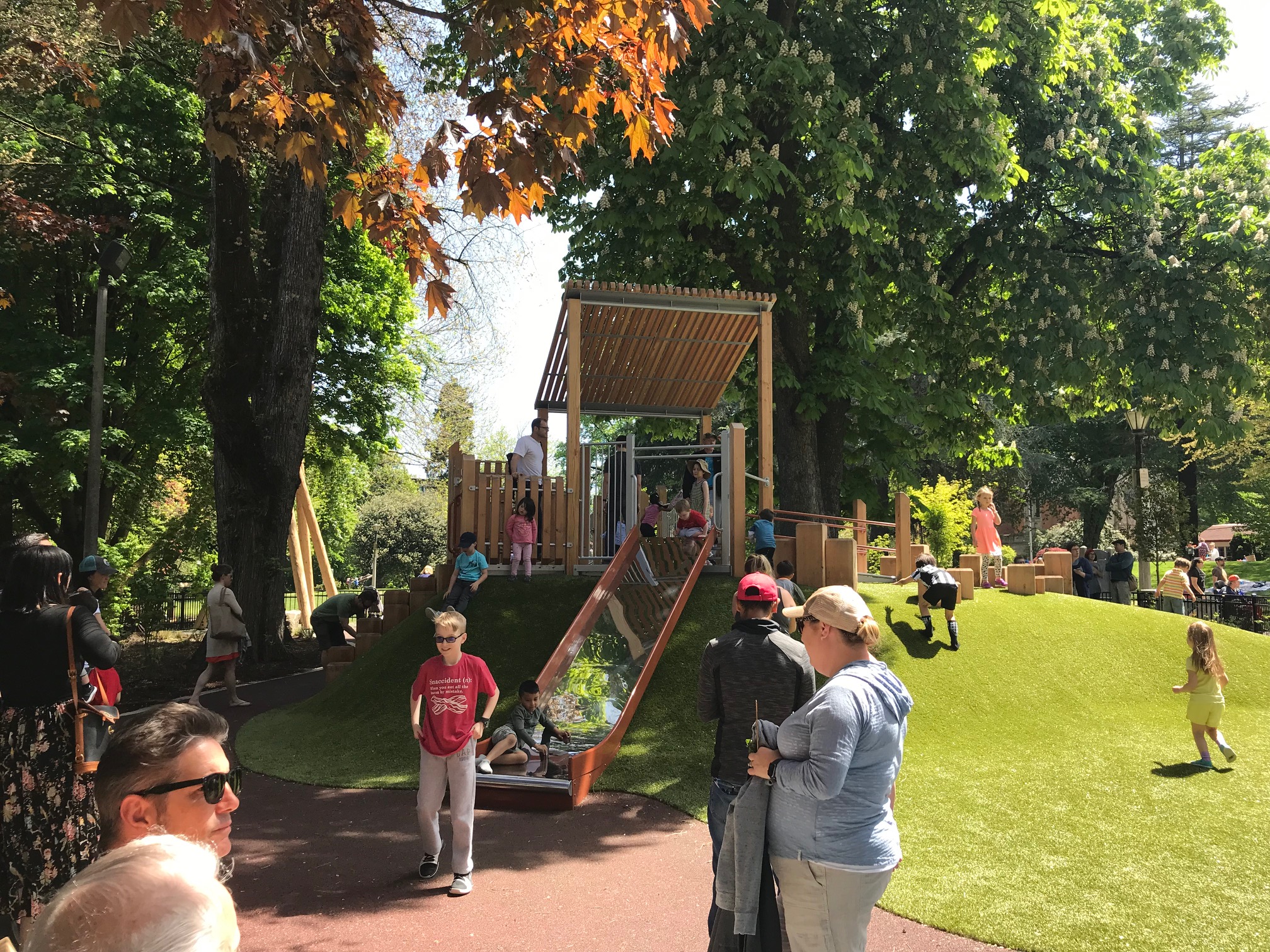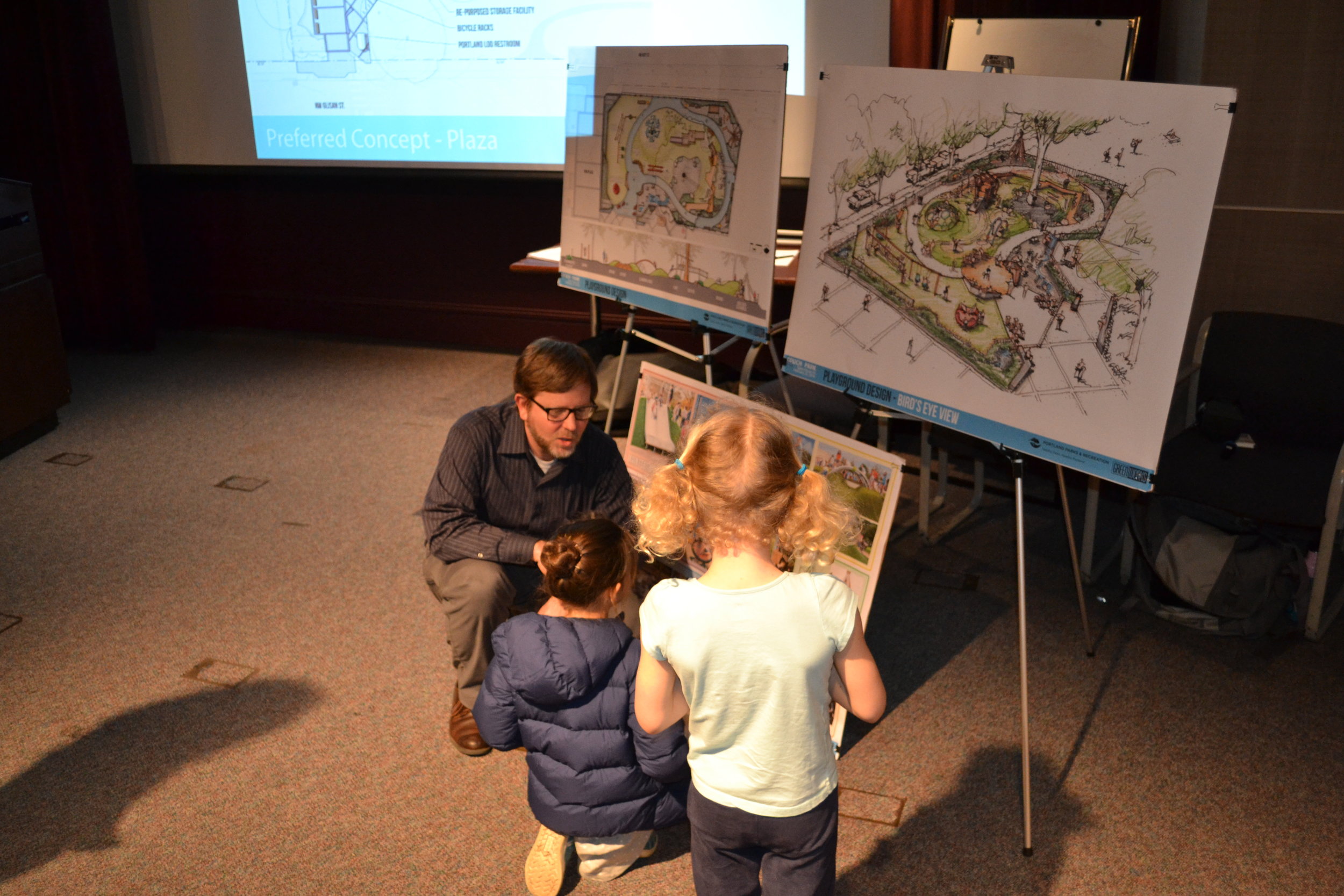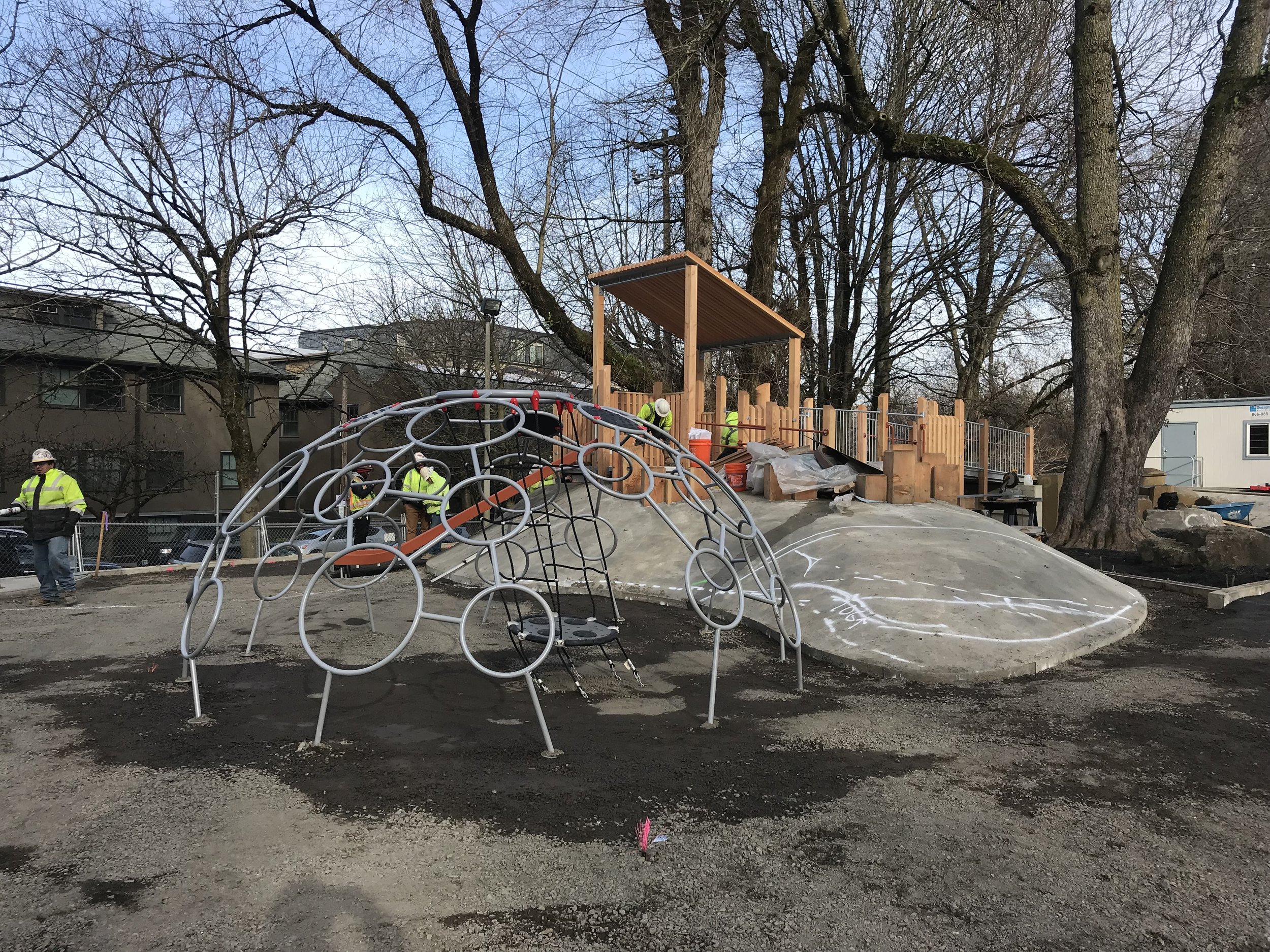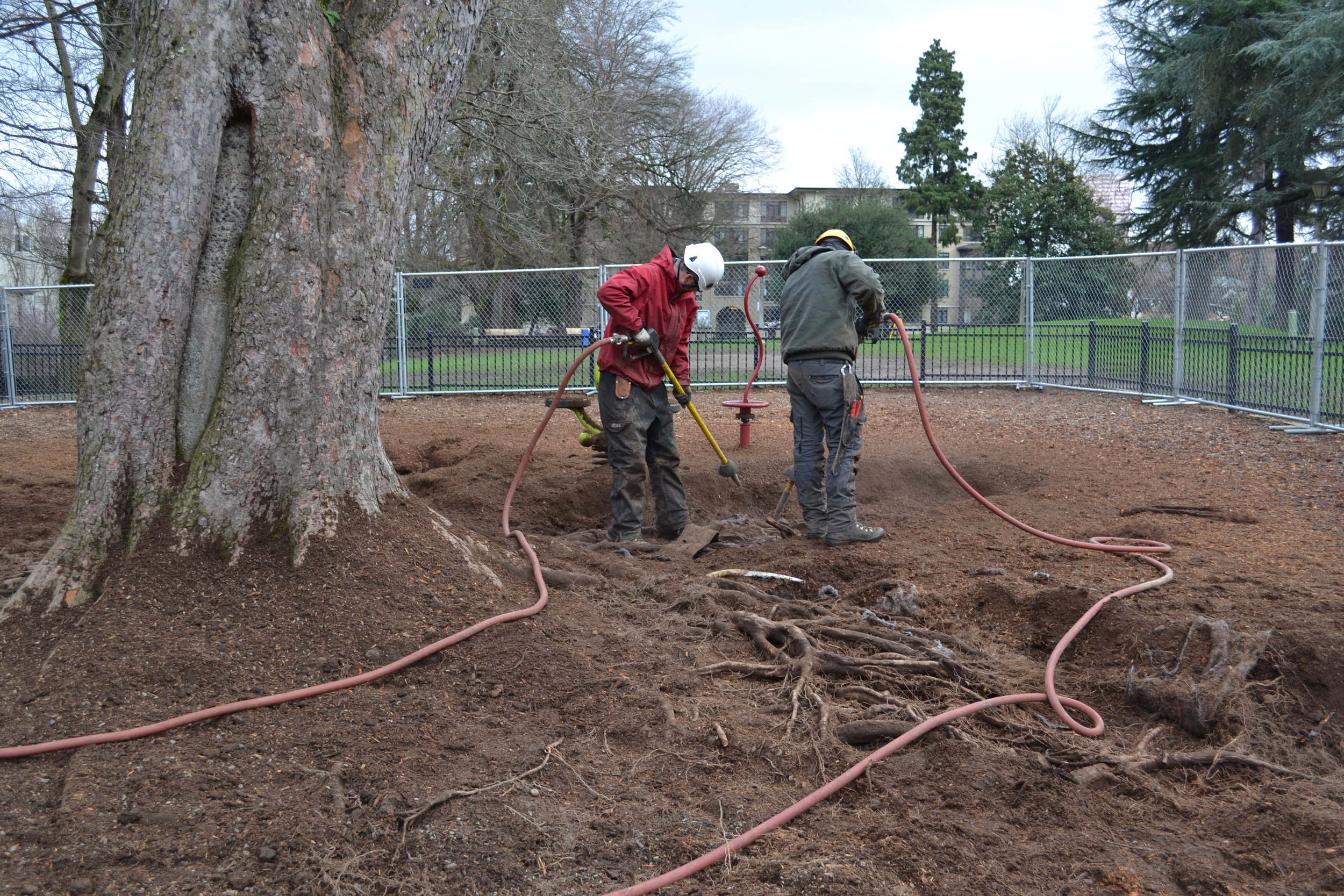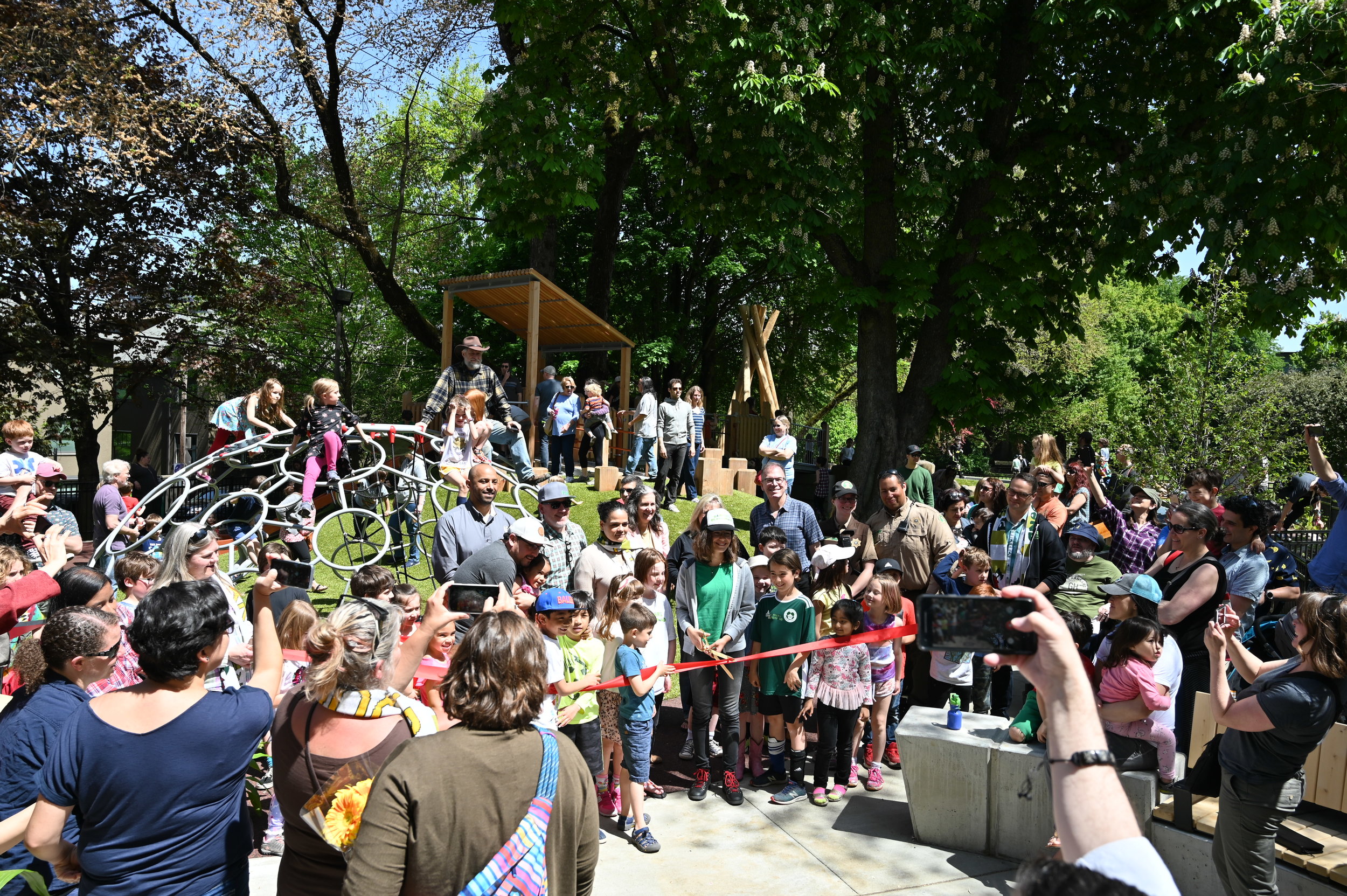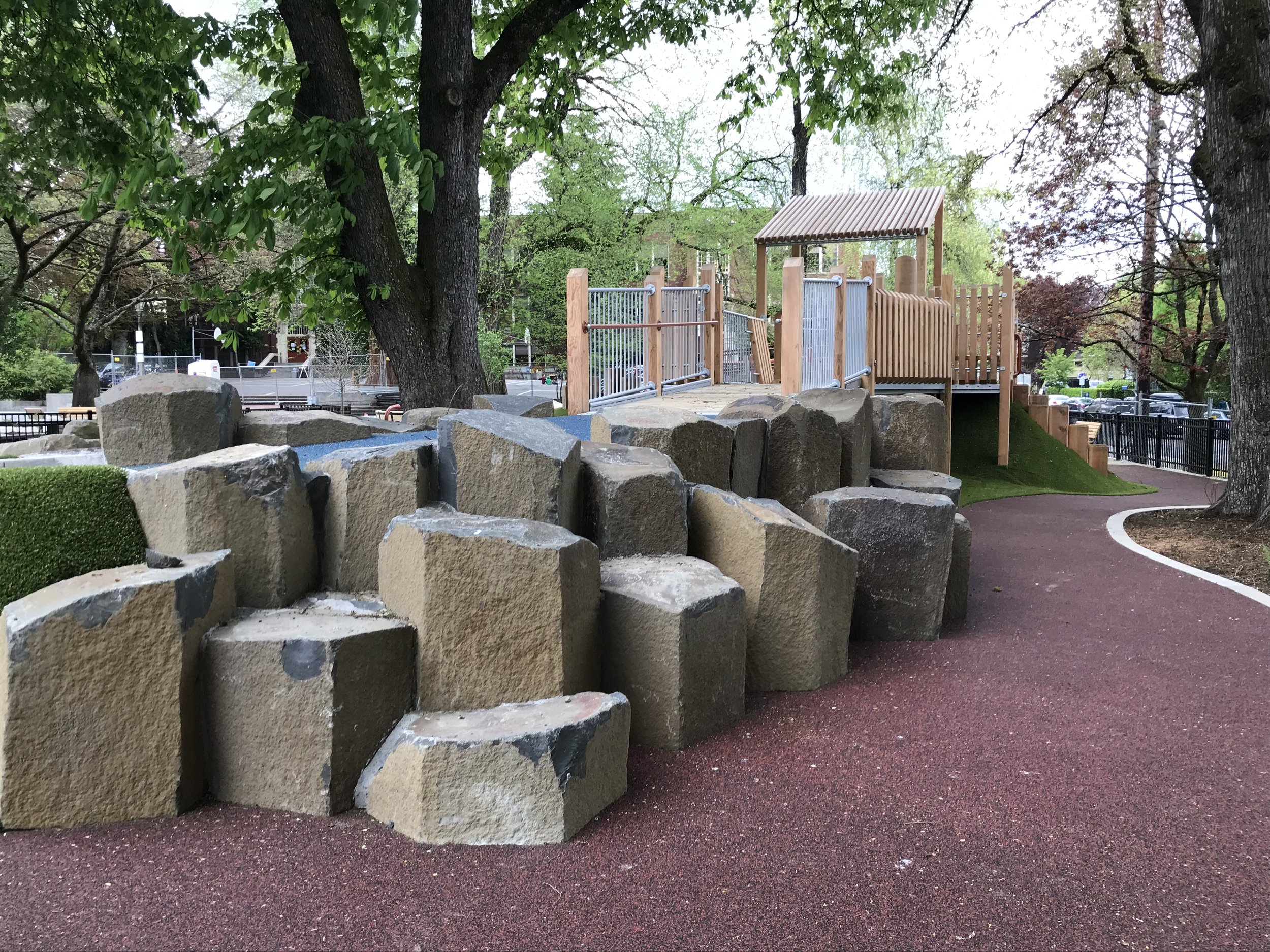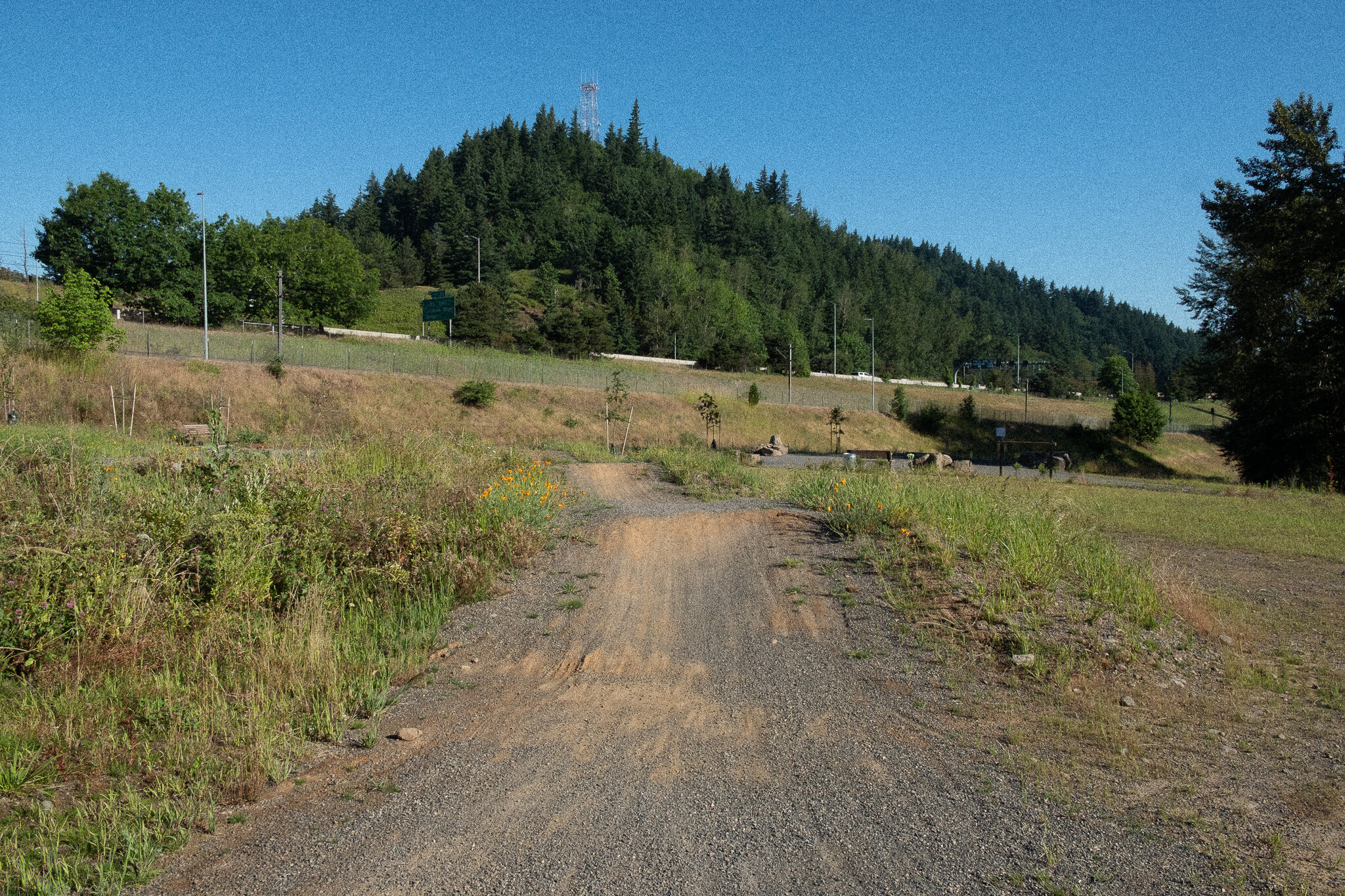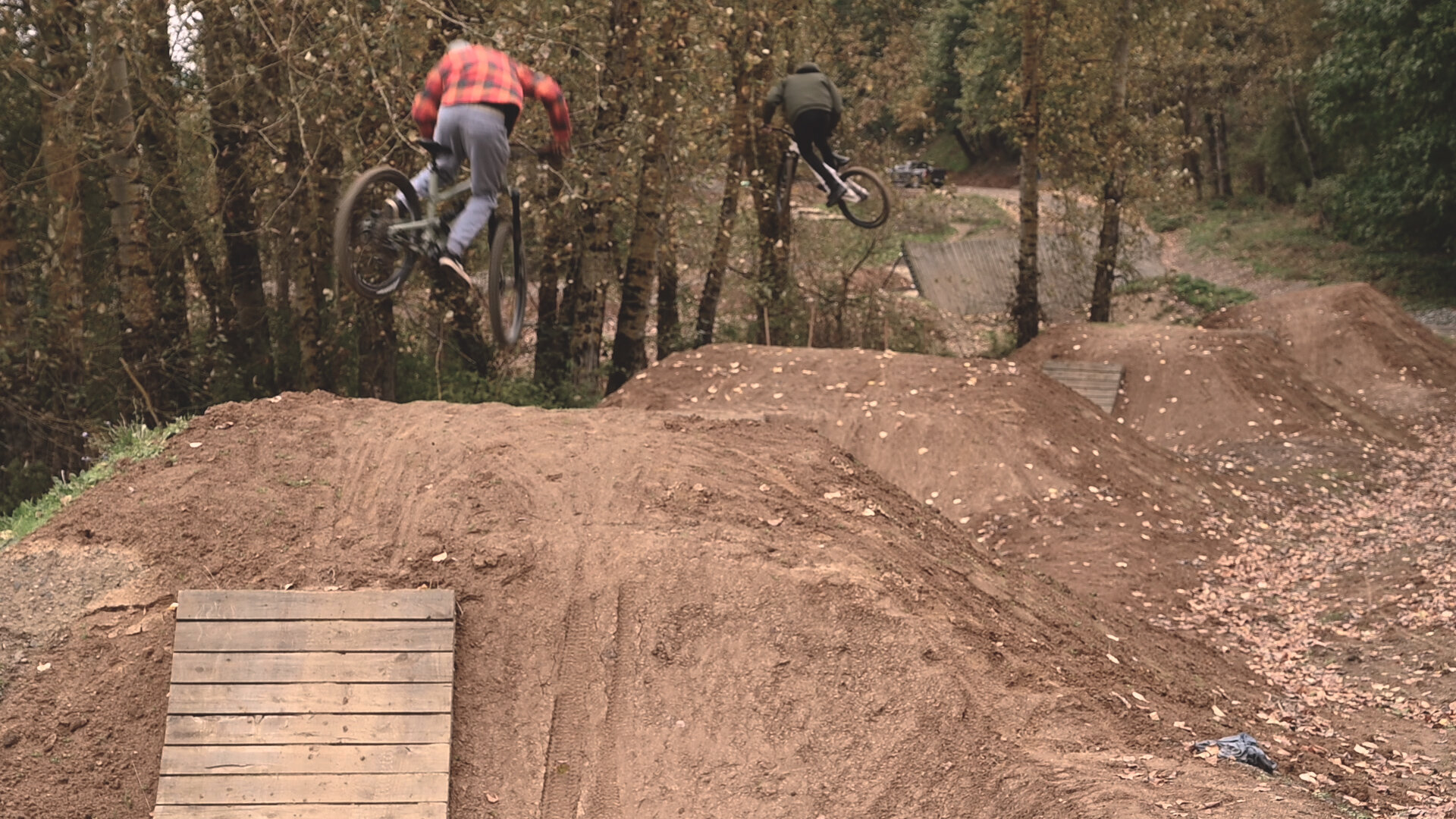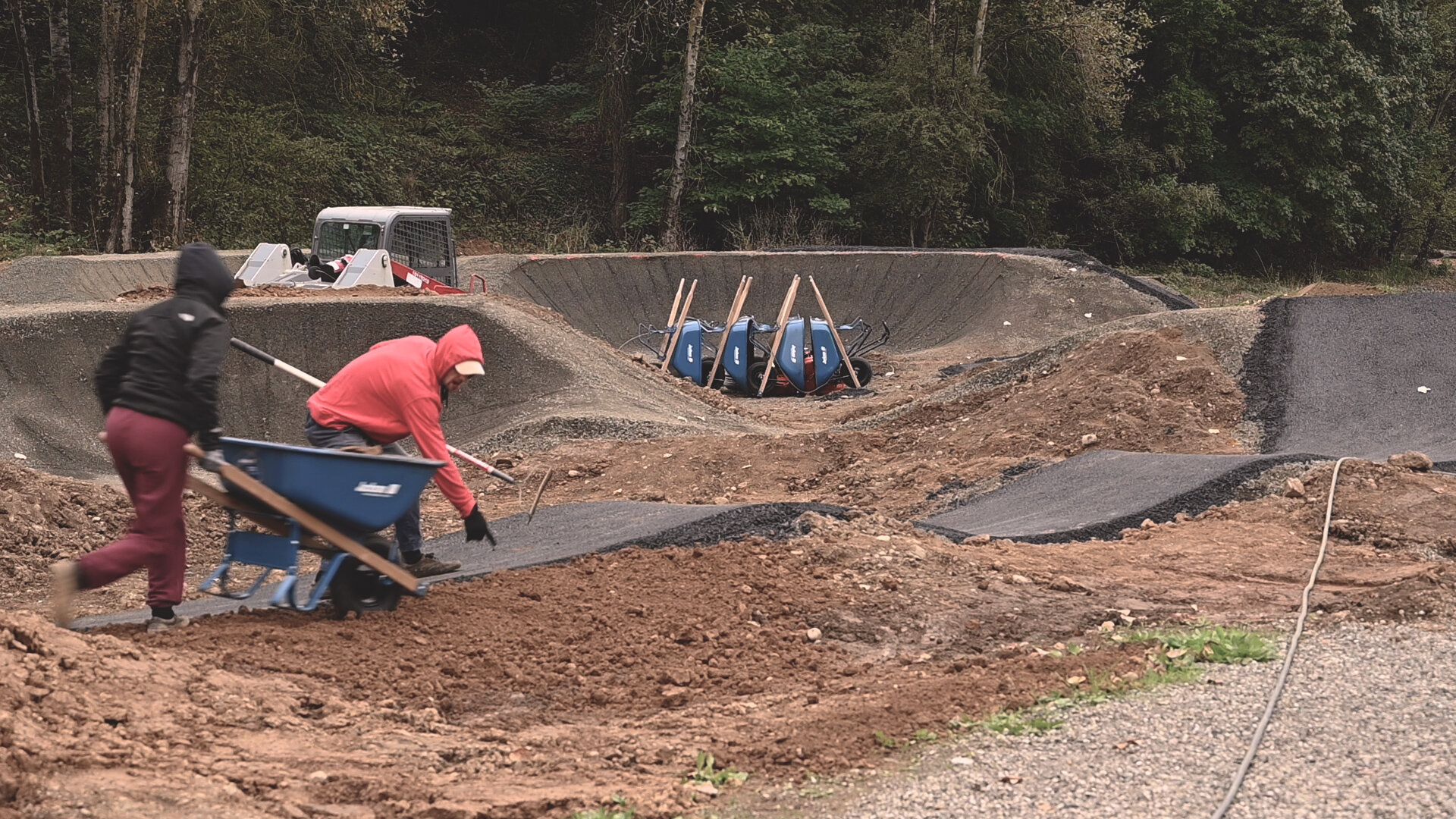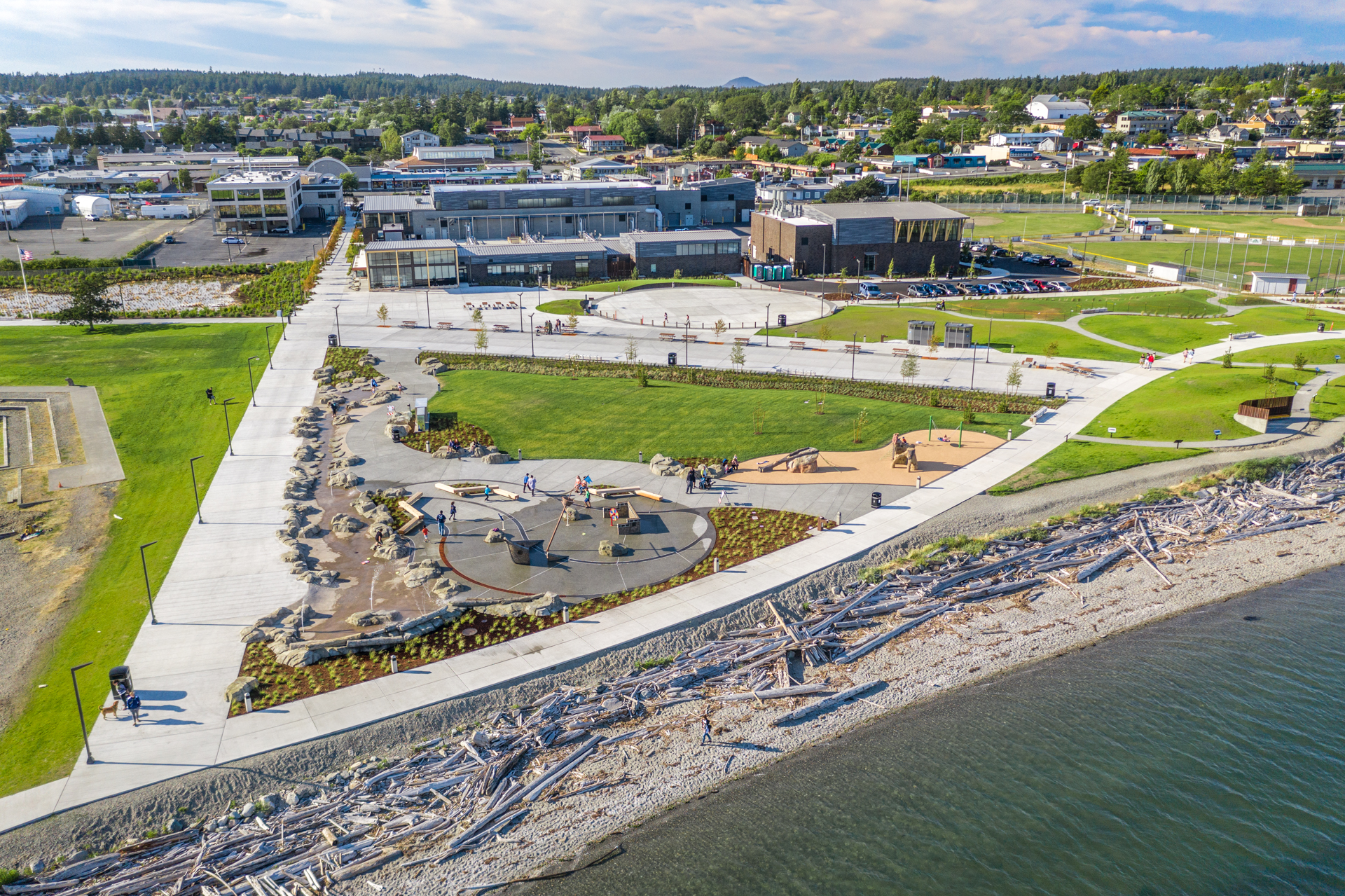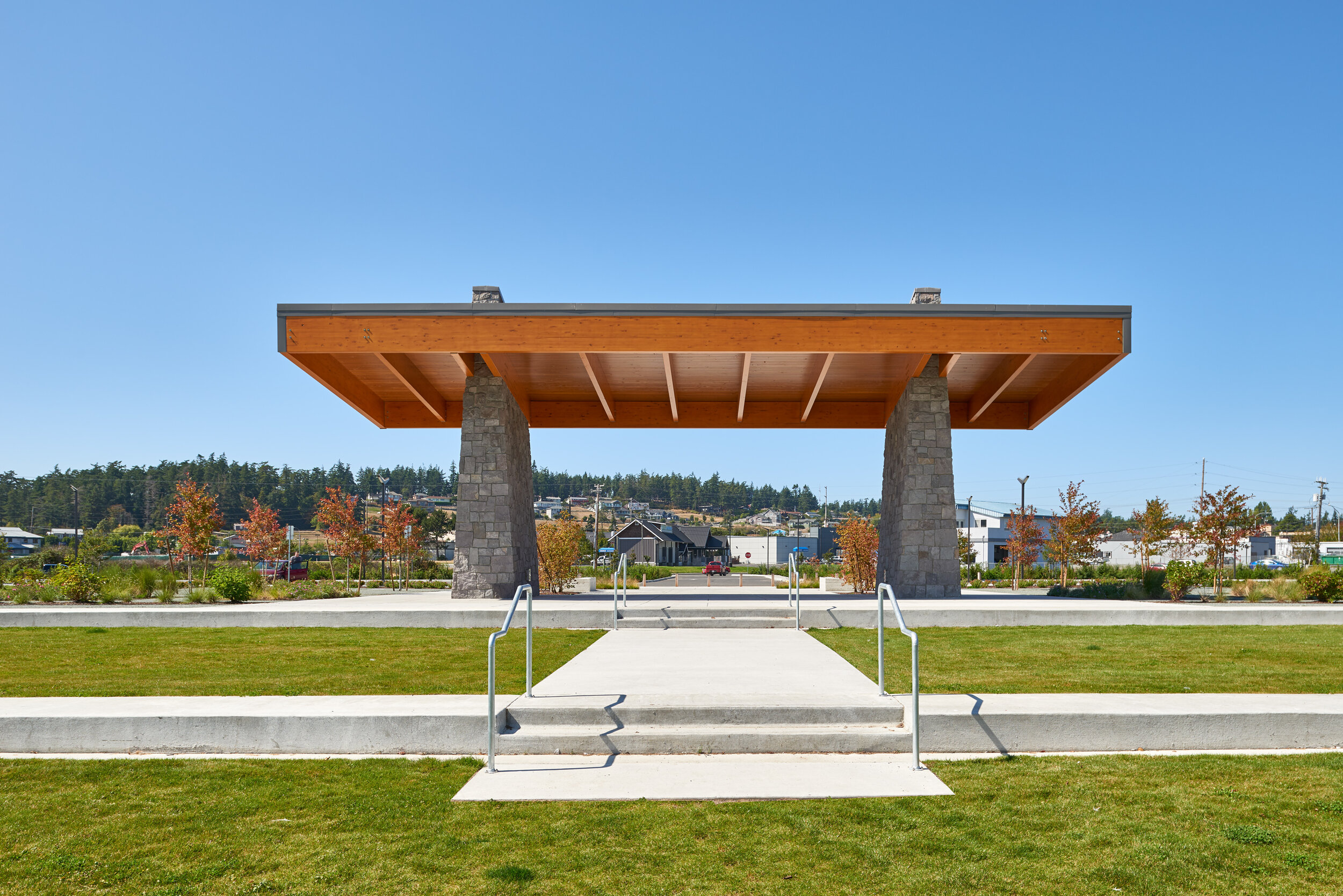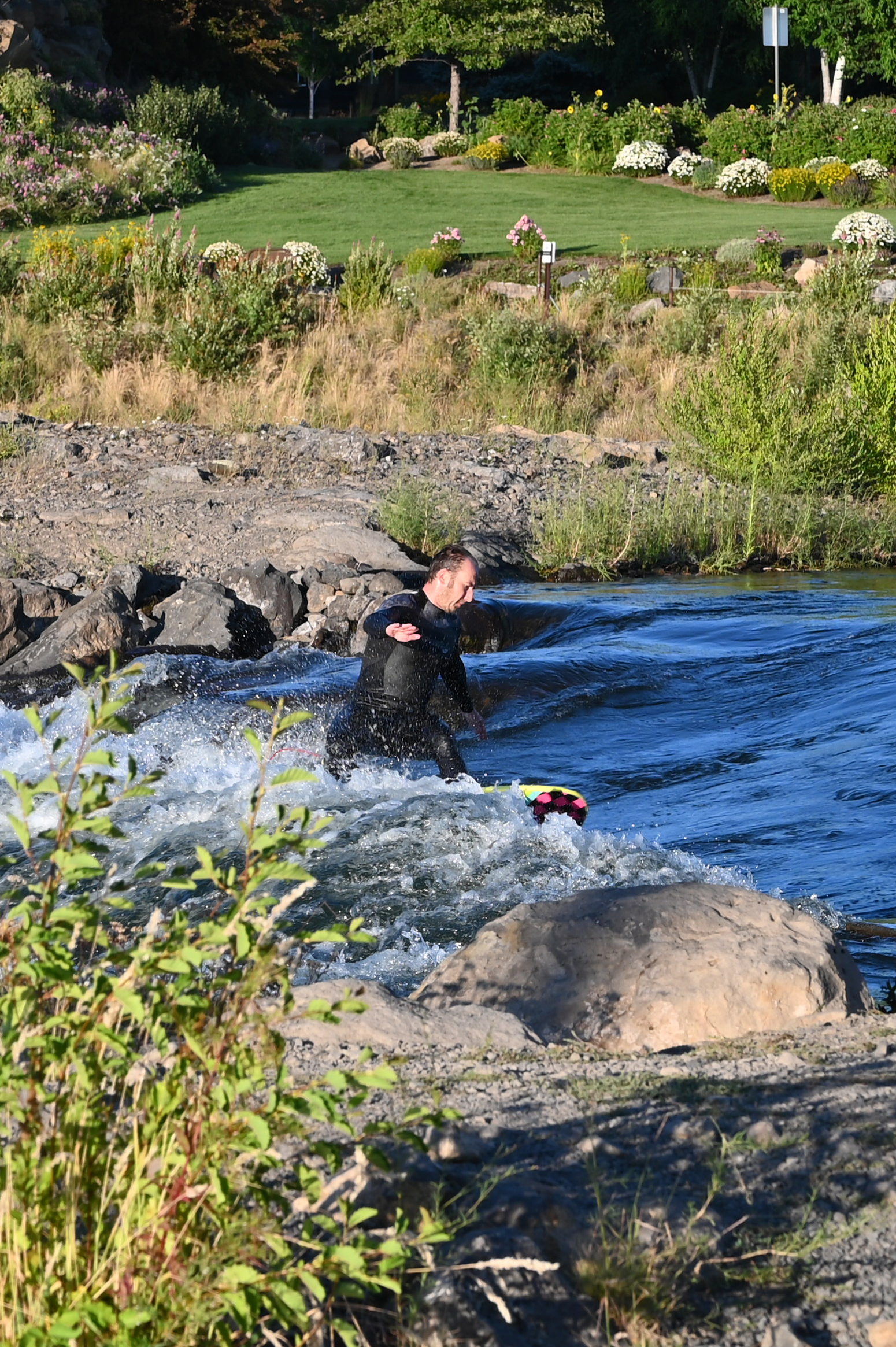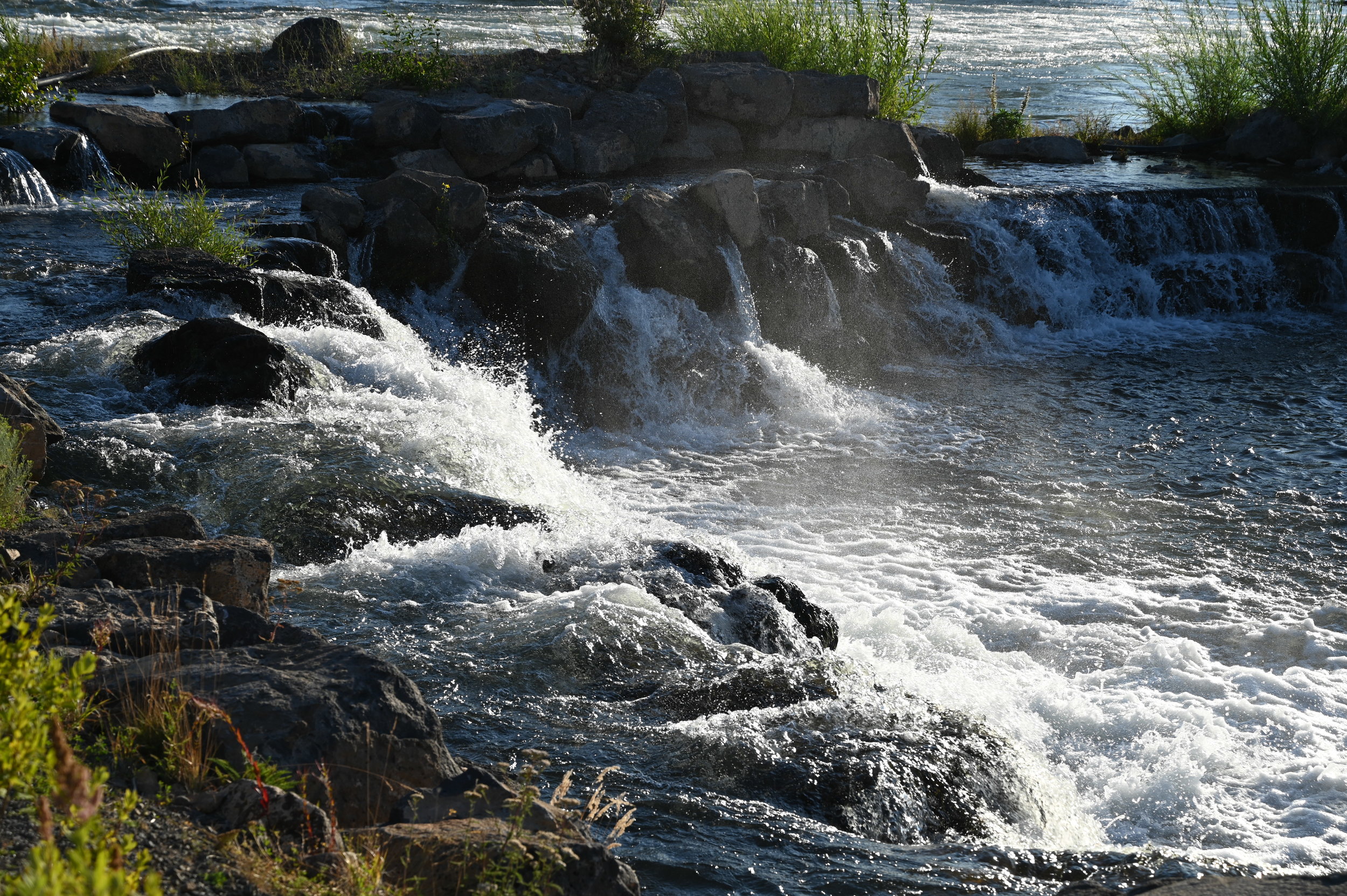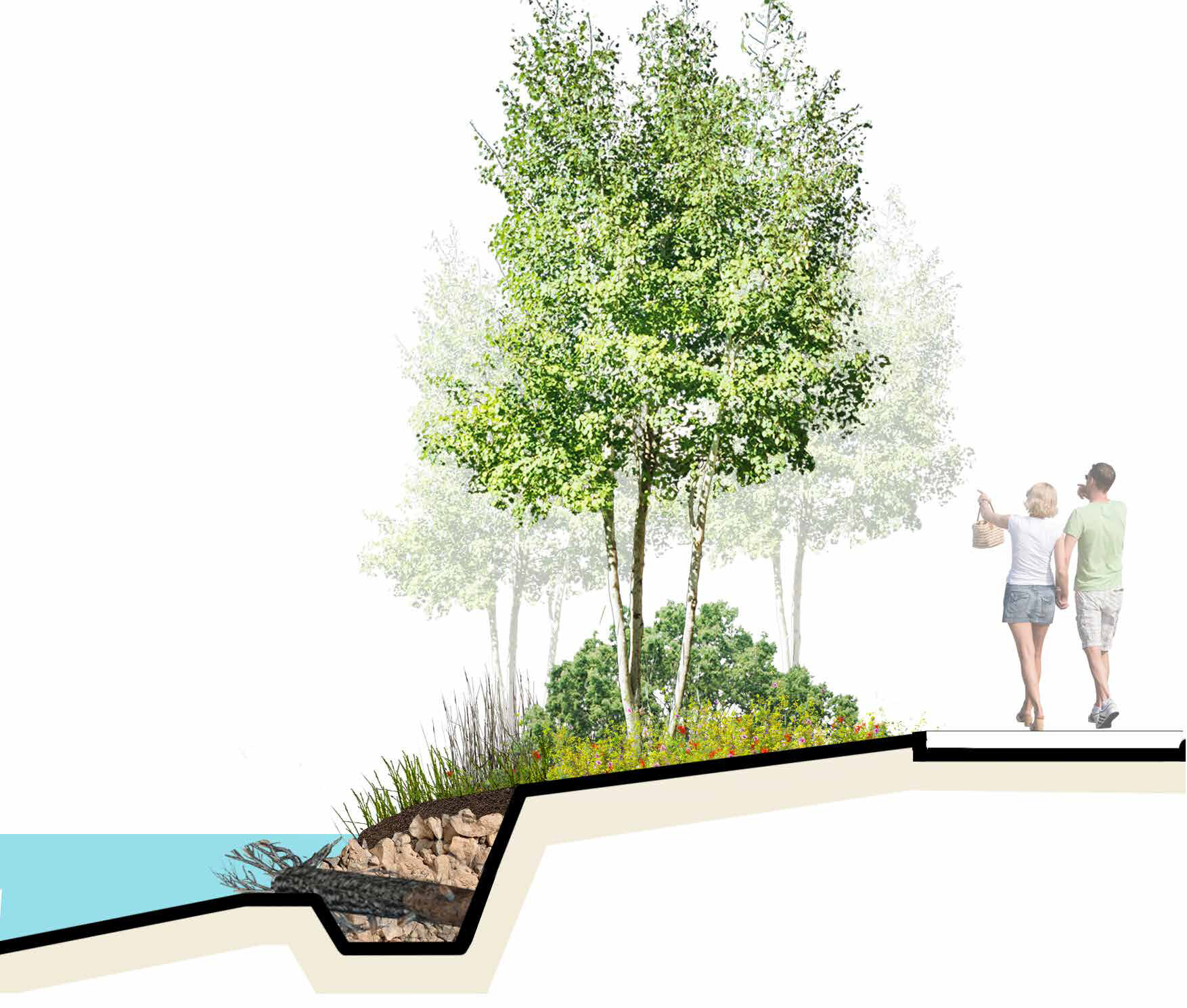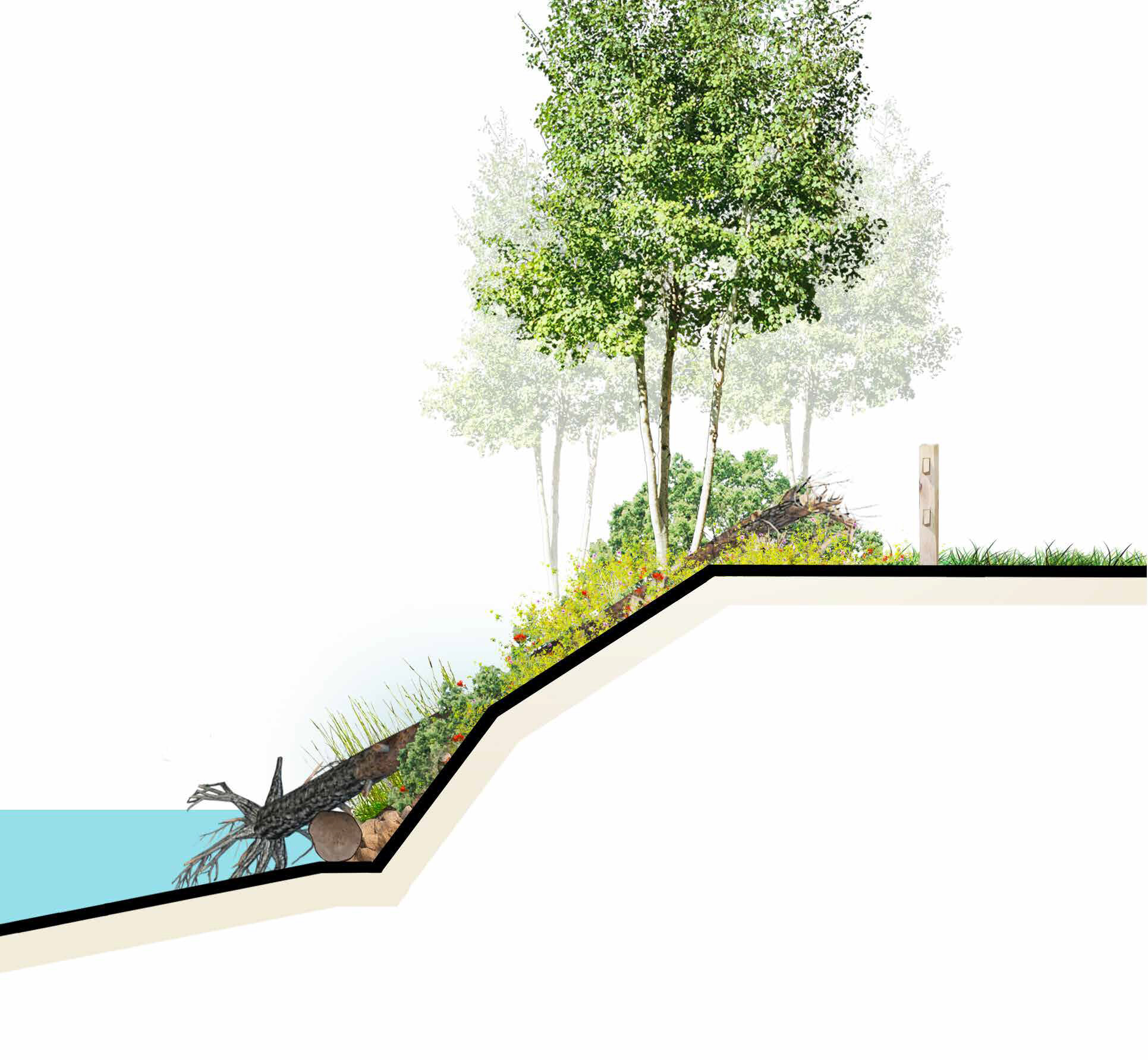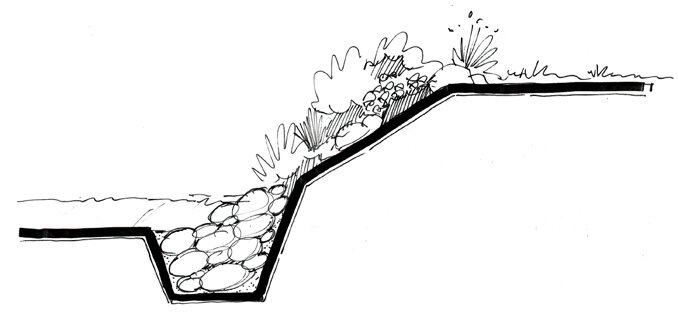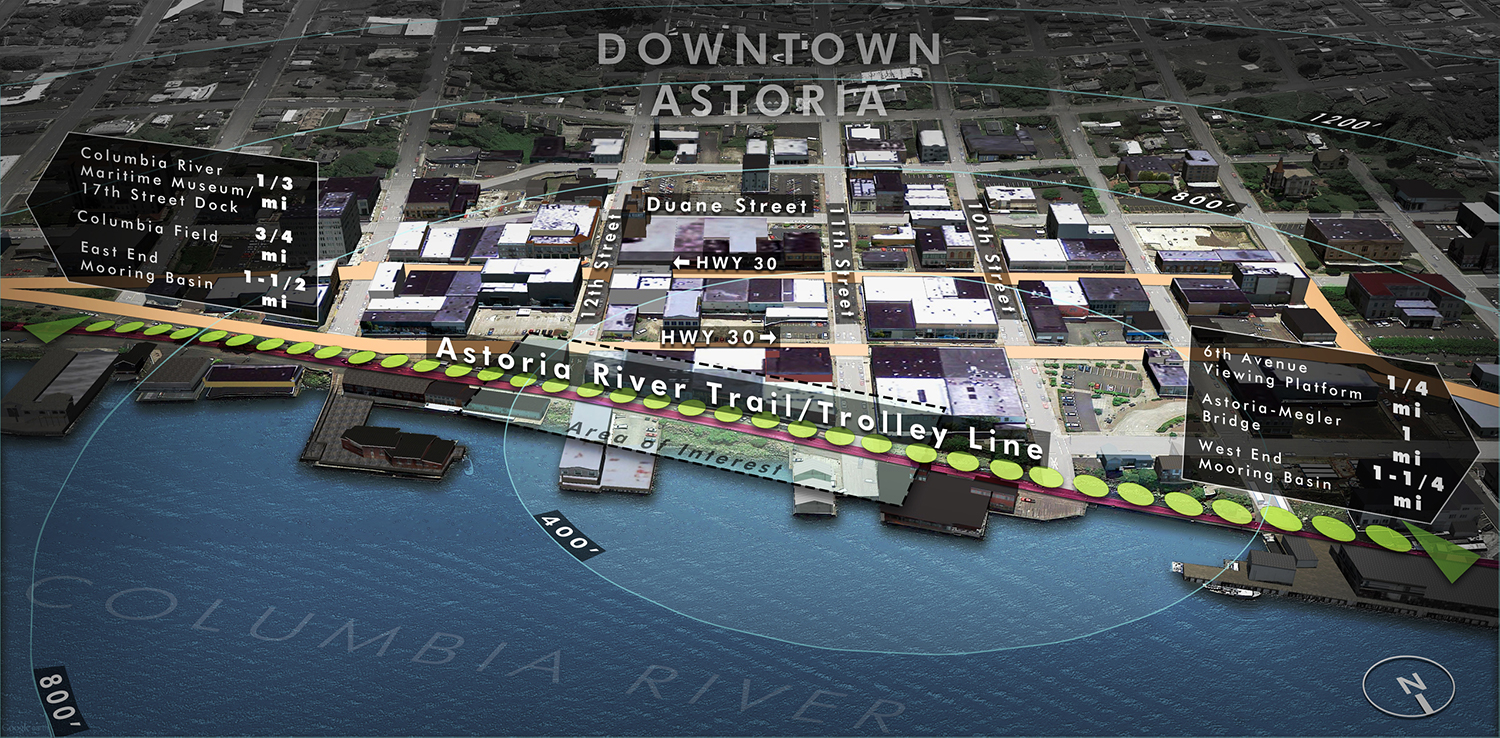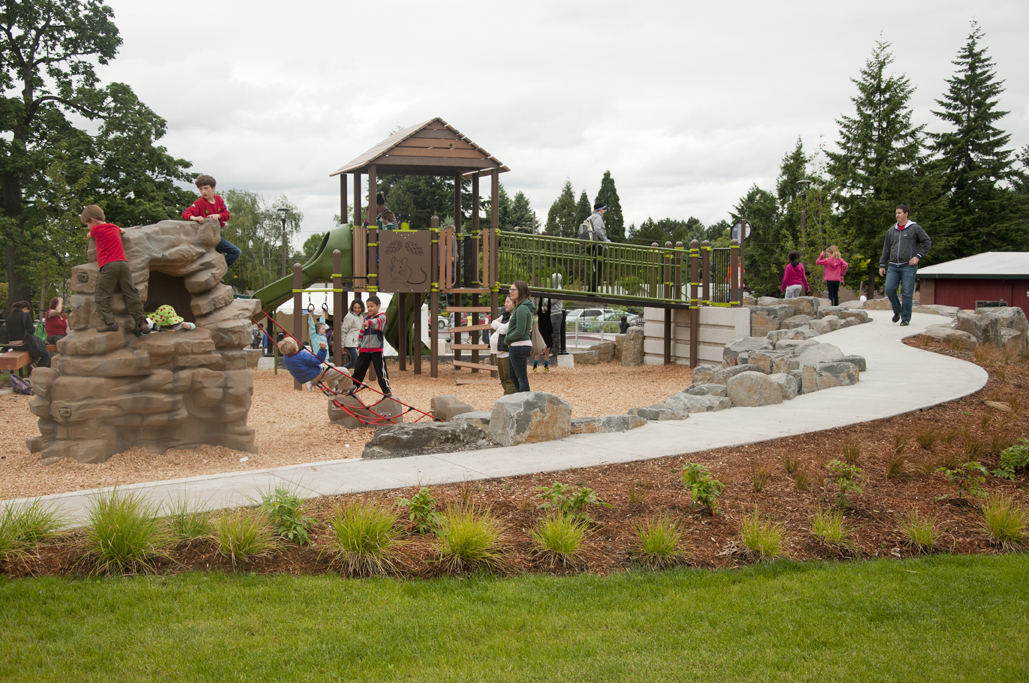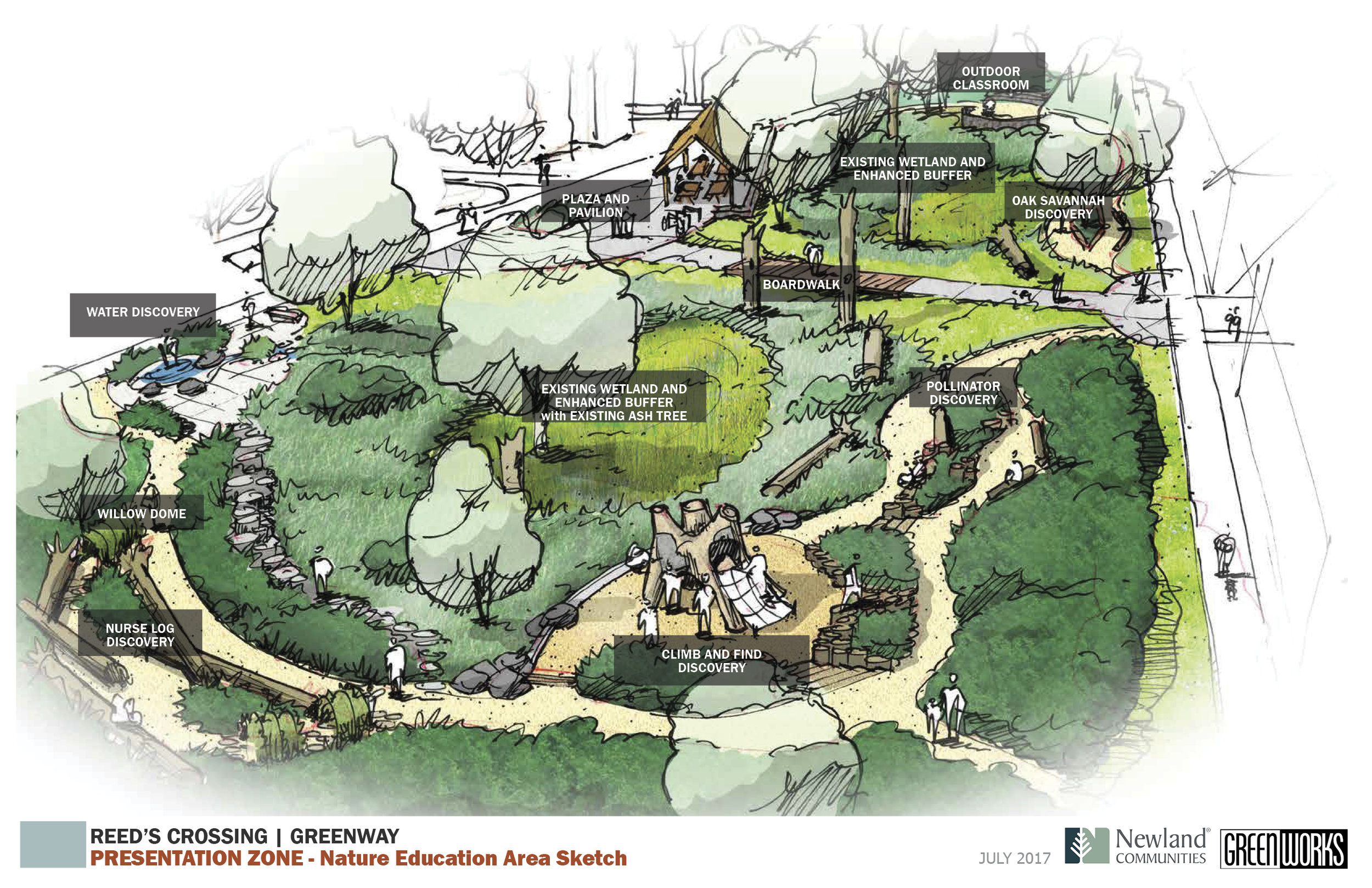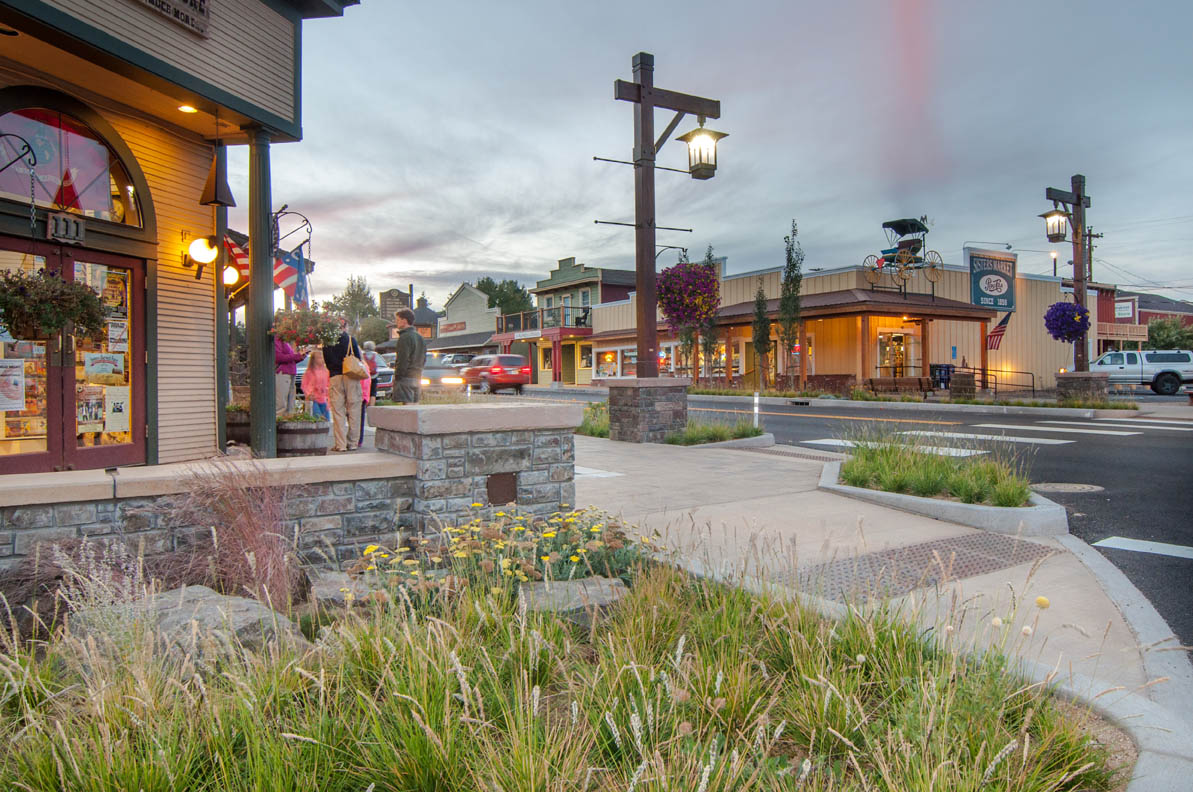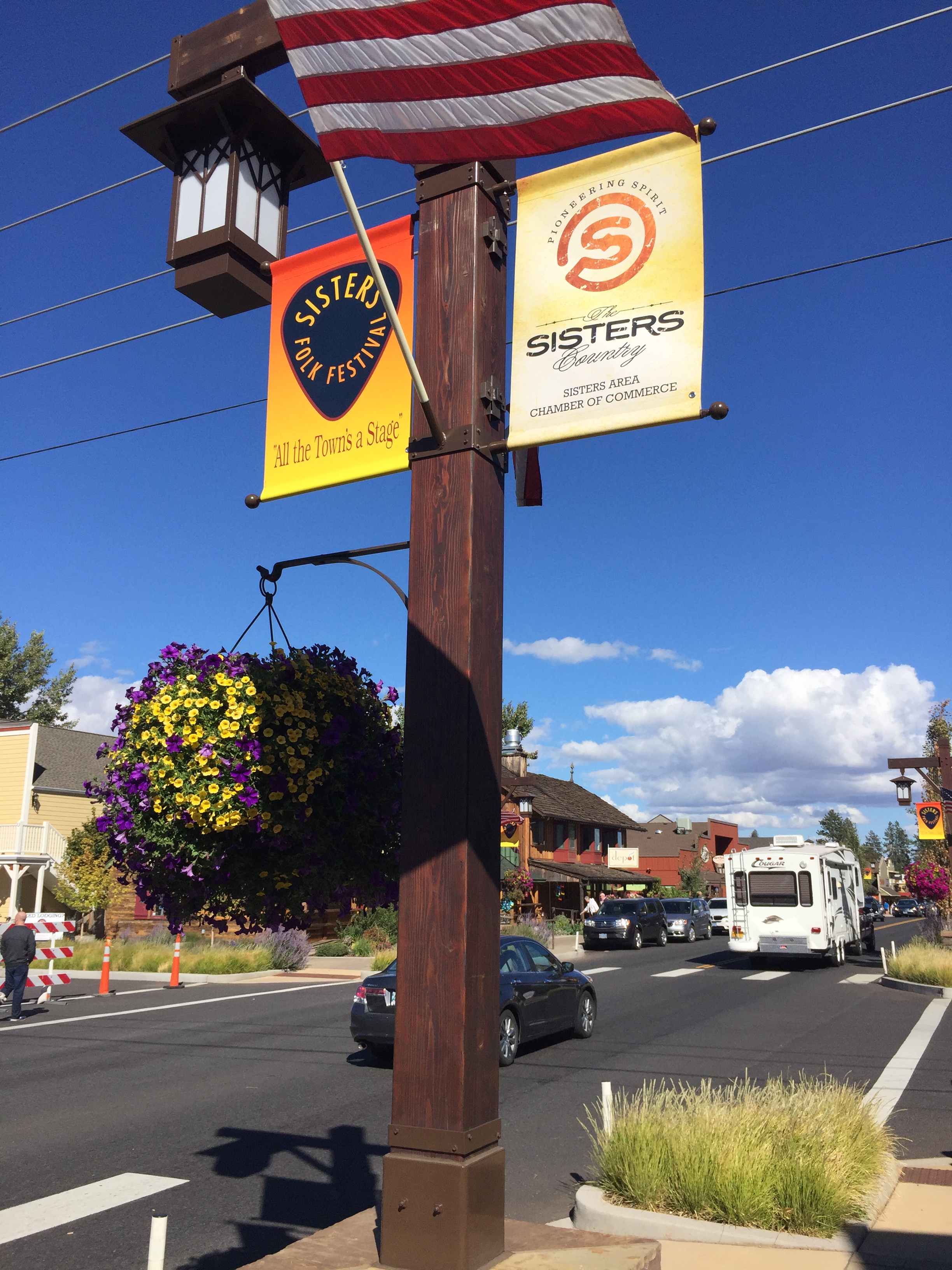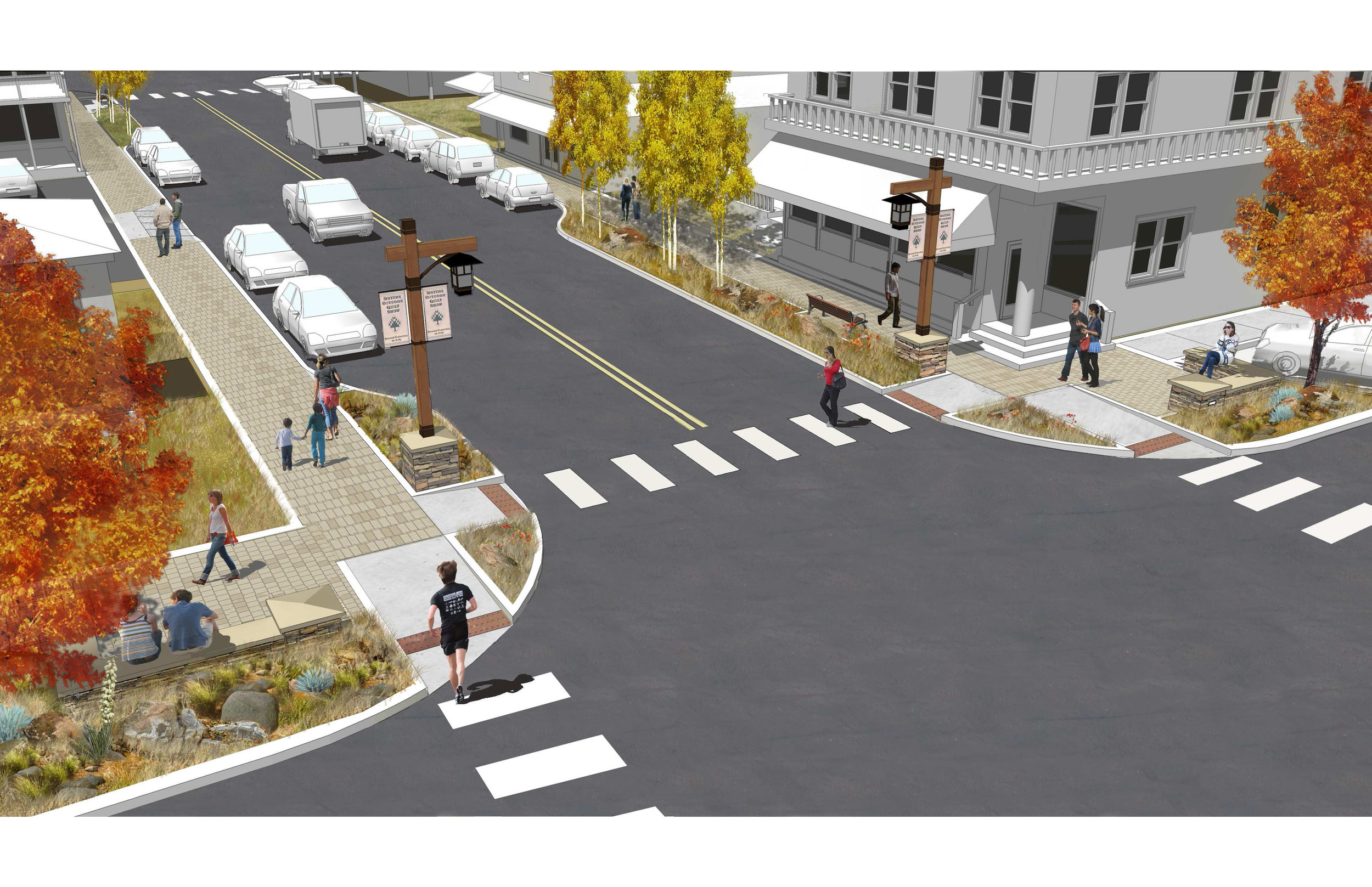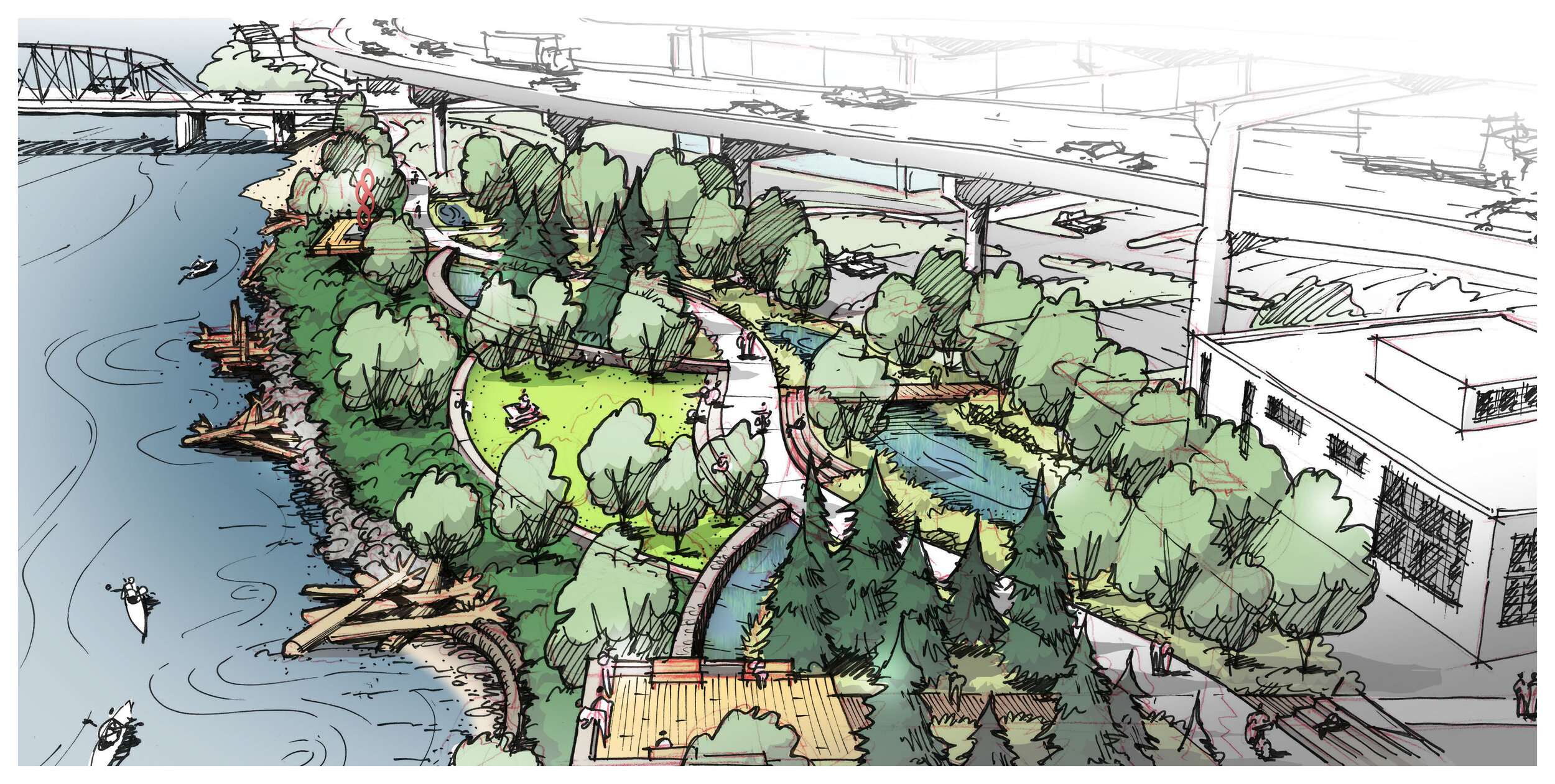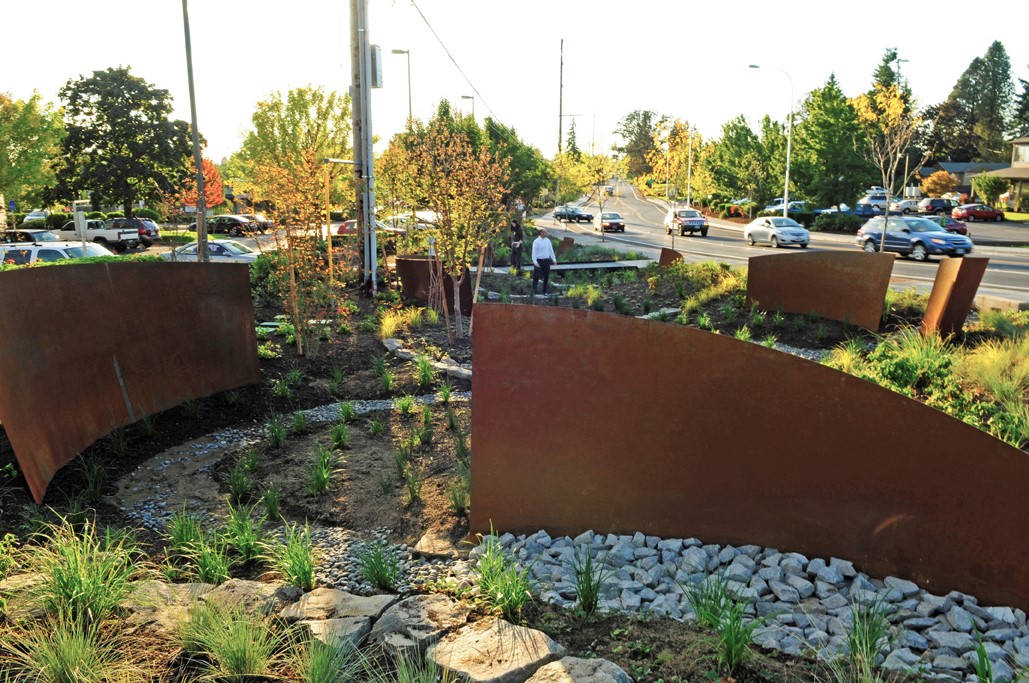Westmoreland Park Nature Based Play
/The Westmoreland Nature-Based Play Area is a pilot project for Portland Parks and Recreation. GreenWorks collaborated with Portland Parks & Recreation to replace an outdated playground with a nature-based play environment. GreenWorks focused on developing a context-sensitive design that would reference the specific characteristics of the site and its surrounding community. Extensive outreach was built into the design process.
GreenWorks led a comprehensive public involvement and consensus building process that resulted in unique play elements, which were custom-made for this park that celebrate the community’s vision.
The design team included environmental artist, Adam Kuby. Adam collaborated with the design team on the overall conceptual design of the playground that represents the restoration of the adjacent Crystal Springs. He helped envision these artistic elements as play features within the design.
Sustainable features include water conservation, drought-tolerant planting design, efficient irrigation, native or native-adaptive plant material, sustainable stormwater management, incorporation of salvaged concrete re-purposed for water play elements and many salvaged logs for climbing features and custom benches. This project opened in 2014 and is “wildly” popular with children and adults alike. The project was awarded the ASLA Oregon Honor Award.
Learn more from Americans for the Arts, KATU2 and US Army Corps of Engineers videos made before the park’s construction, and from PDXParent.

